chapter 7: deities and places of worship
1/82
There's no tags or description
Looks like no tags are added yet.
Name | Mastery | Learn | Test | Matching | Spaced |
|---|
No study sessions yet.
83 Terms
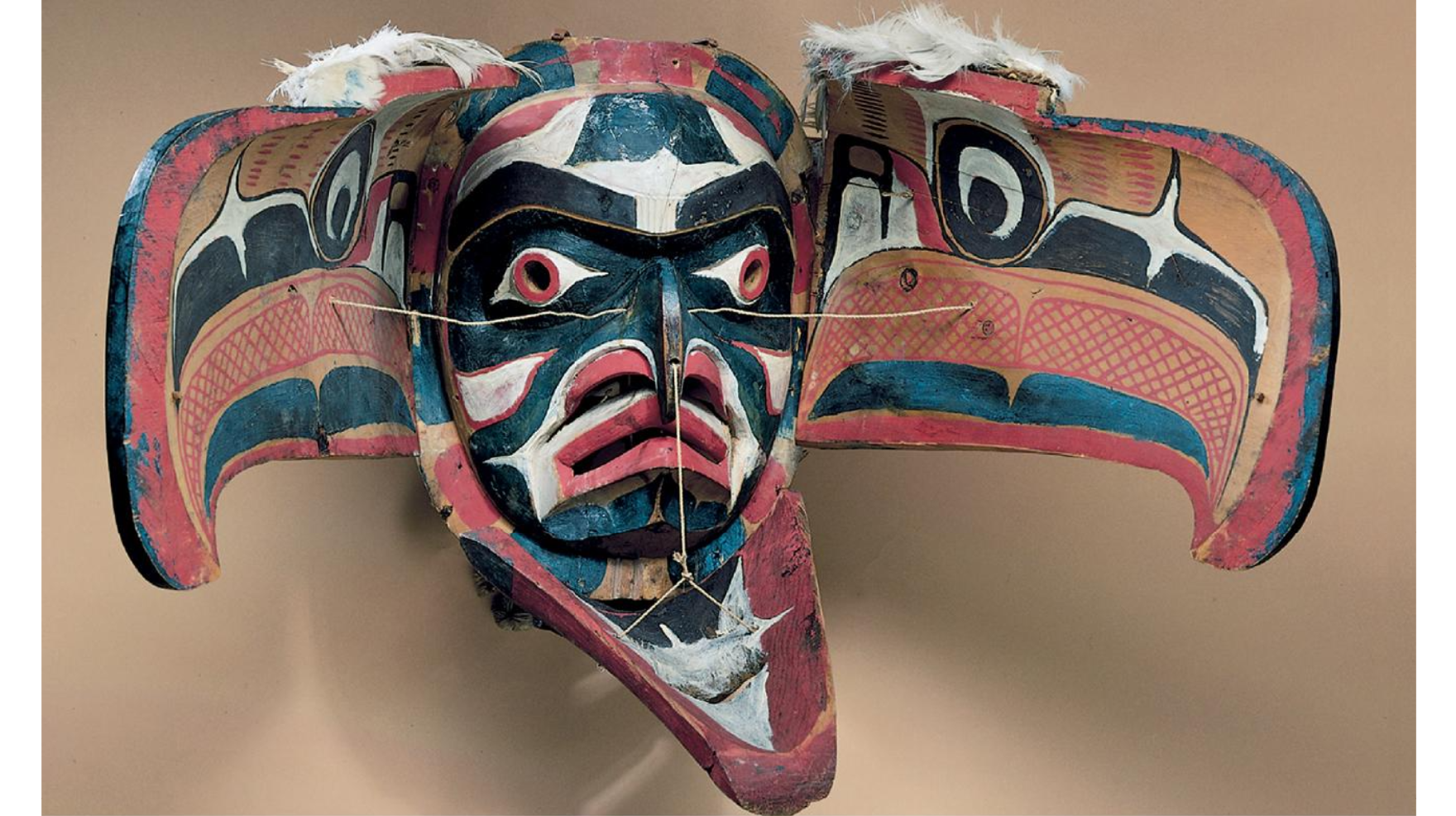
Transformation Mask
Kwakiutl, British Colombia
1900s
painted wood
built special houses for winter ceremonies
performers in full masquerade told stories
during performance: character transforms from human to supernatural being
intent: make humans fear supernatural
humans try to reach divine realm through:
rituals
oral tradition
sacred writings
meditation
prayer
music
art
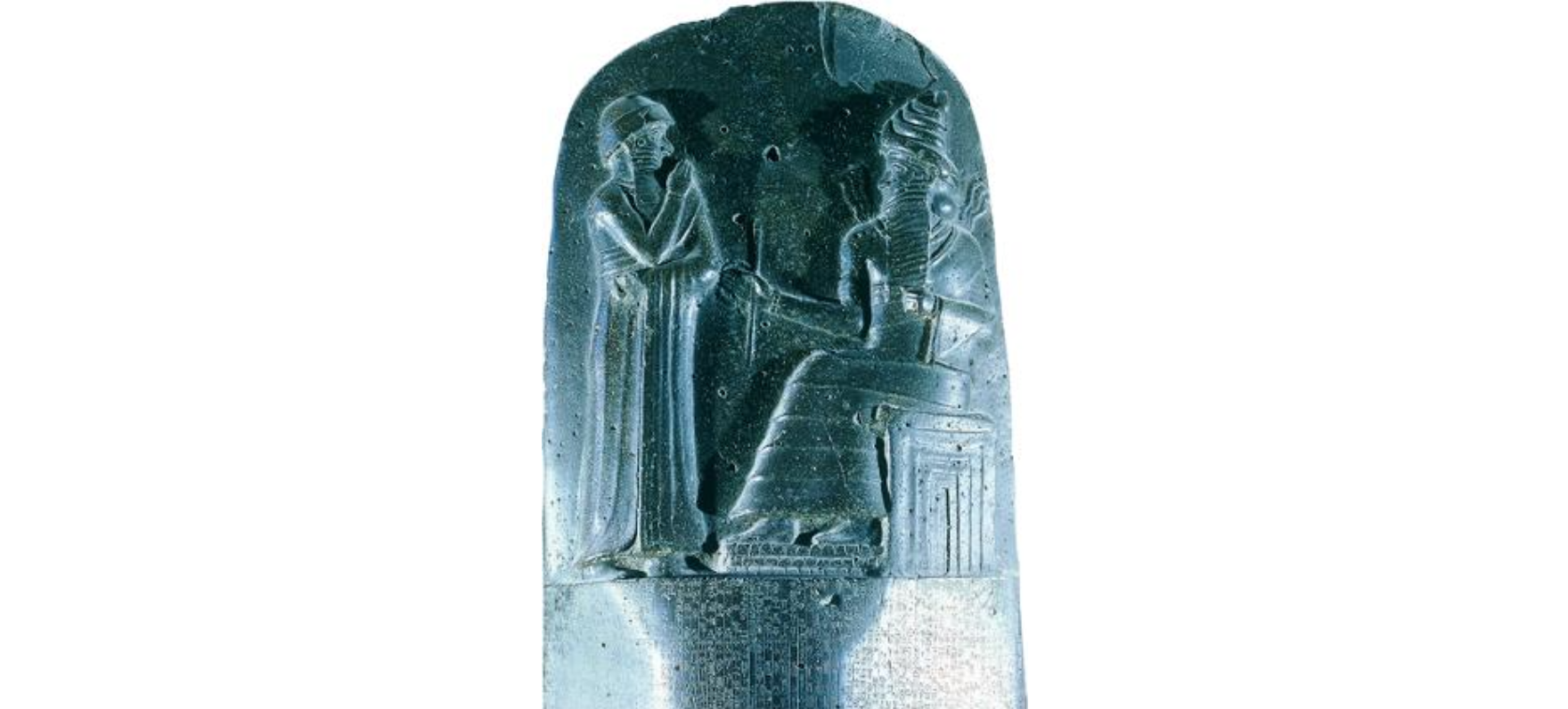
Hammurabi Stele
Susa (modern Iran)
1792—1750 BCE
King Hammurabi commanded to record the law by justice god Shamash, sun god
simple geometric shapes often symbolize God; Islam, Hinduism, Christianity
Islamic: sphere + dome = heavens/oneness of god
Hindu: circle = unknowable Supreme Being
Christianity: triangle = Holy Trinity
animal features/natural phenomena symbolizing deities:
sun = God
lamb = Jesus
dove/fire = Holy Spirit
other religions are animistic; natural elements, animals as deities
God is not pictured in many religions; African religions, Hindu, Islamic
African religions + Hinduism = completely unknowable Supreme Being
Islam: Allah is never depicted

Snake Goddess
Minoan (Crete)
1600 BCE
glazed earthenware
male + female regenerative powers of snake shedding its skin
likely evolved from the Earth Mother
→ open bodice + breasts = early fertility goddesses
→ leopard-like animal on head = royalty
→ tiered dress + hairstyle = Minoan fashion
animism
all forces of nature = inhabited by spirits
rock/tree can be carved into an image to bring out natural force
ex: Venus of Willendorf; believed to contain spiritual force of procreation, important aid to ancient fertility rituals
polytheism
belief in many gods
the Earth Mother
first of the polytheistic gods
giver of life
carrier of death
ancient myths: this goddess existed first
Gaia
Ancient Greek version of Earth Goddess
gods of Olympus were her descendants
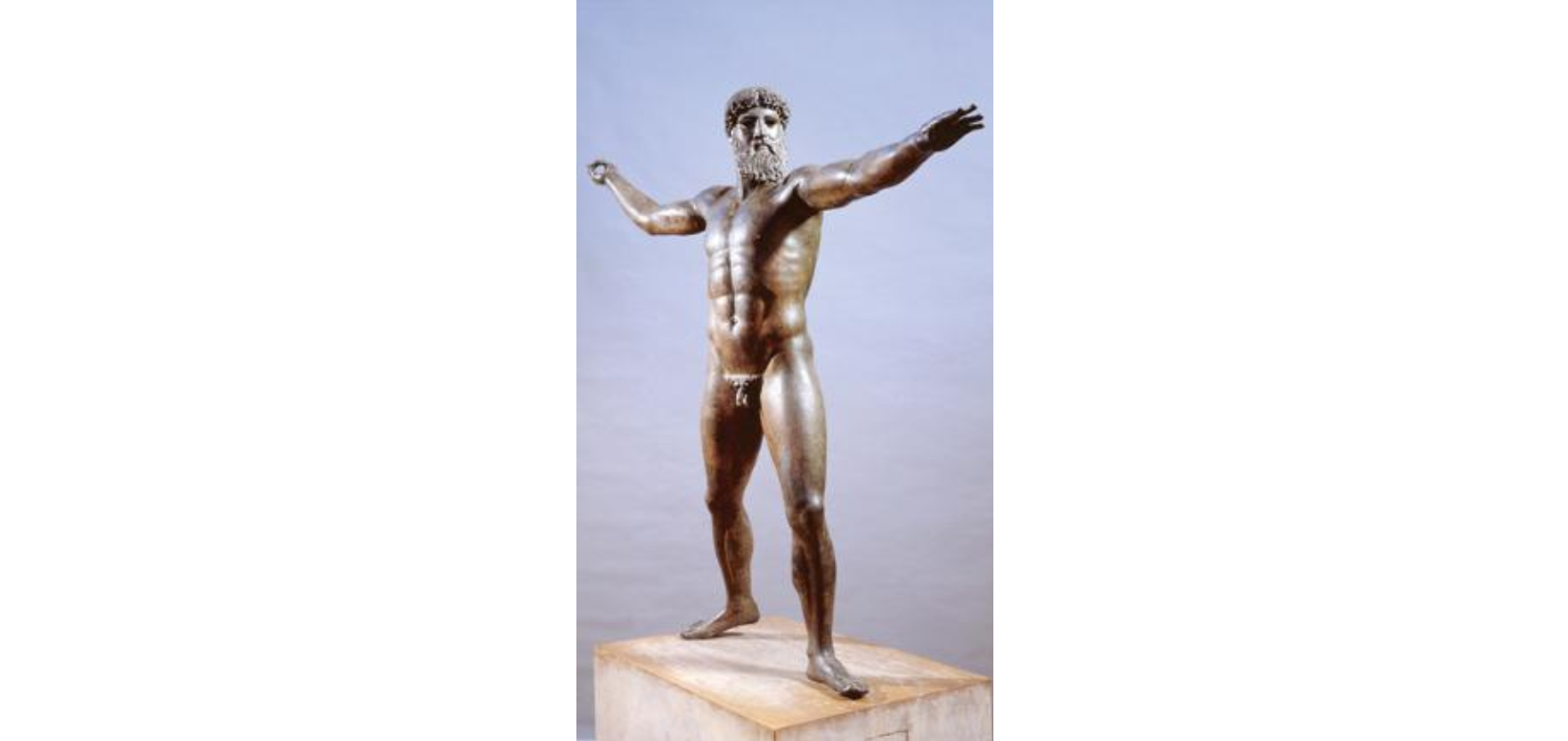
Zeus (or Poseidon)
460—450 BCE (Classic Greek period)
bronze
larger than life, ideal proportions/musculature
wdk if Zeus or Poseidon bc he’s missing whatever he was holding
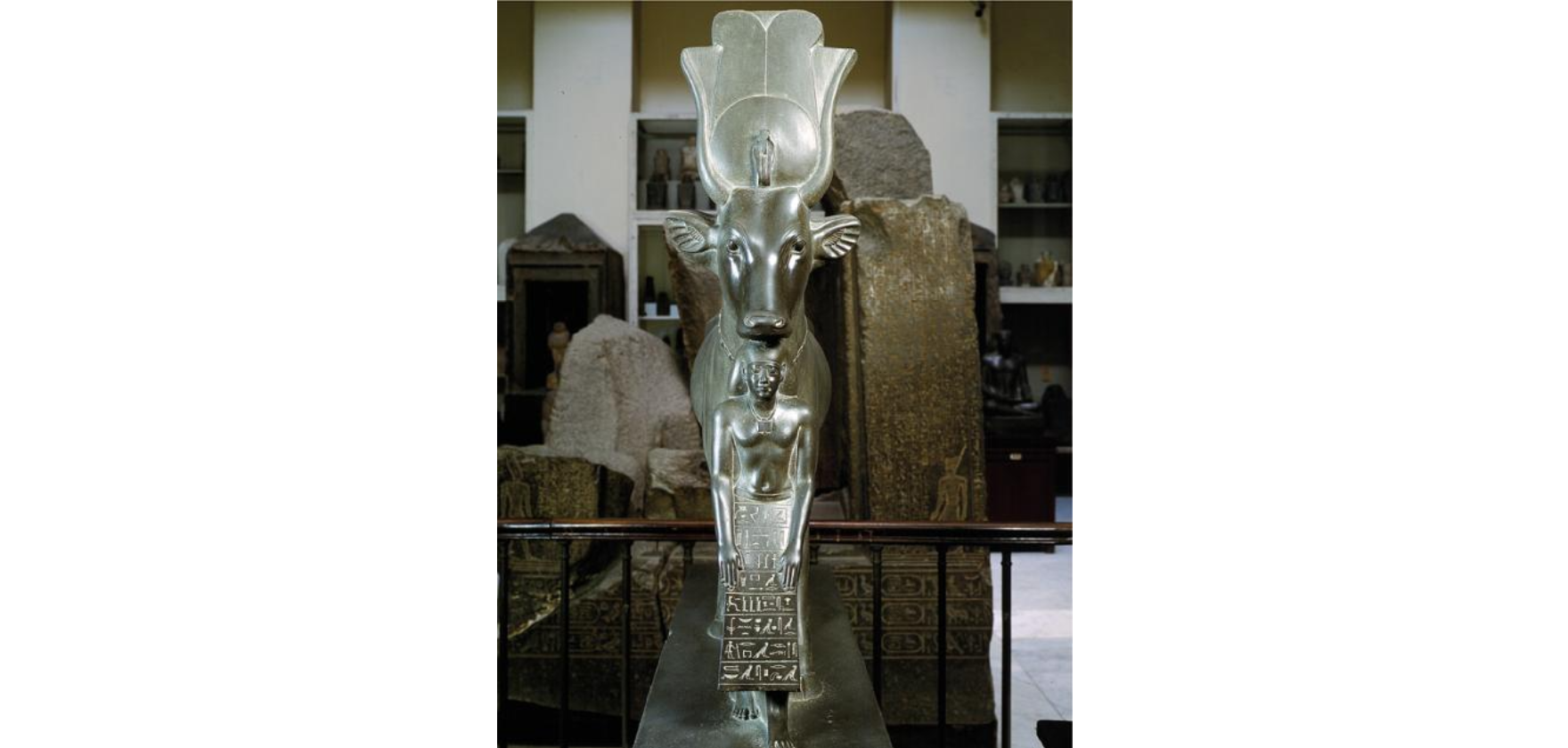
The Goddess Hathor and the Overseer of Sealers, Psamtik
Saqqara, Egypt (late 26th dynasty)
600—500 BCE (6th century BCE)
gray stone
cow goddess Hathor hovers protectively over Psamtik, an Egyptian official
Hathor identified by horns surrounding head of cobra, sign of royalty
combo of horns and sun disk symbolize divinity
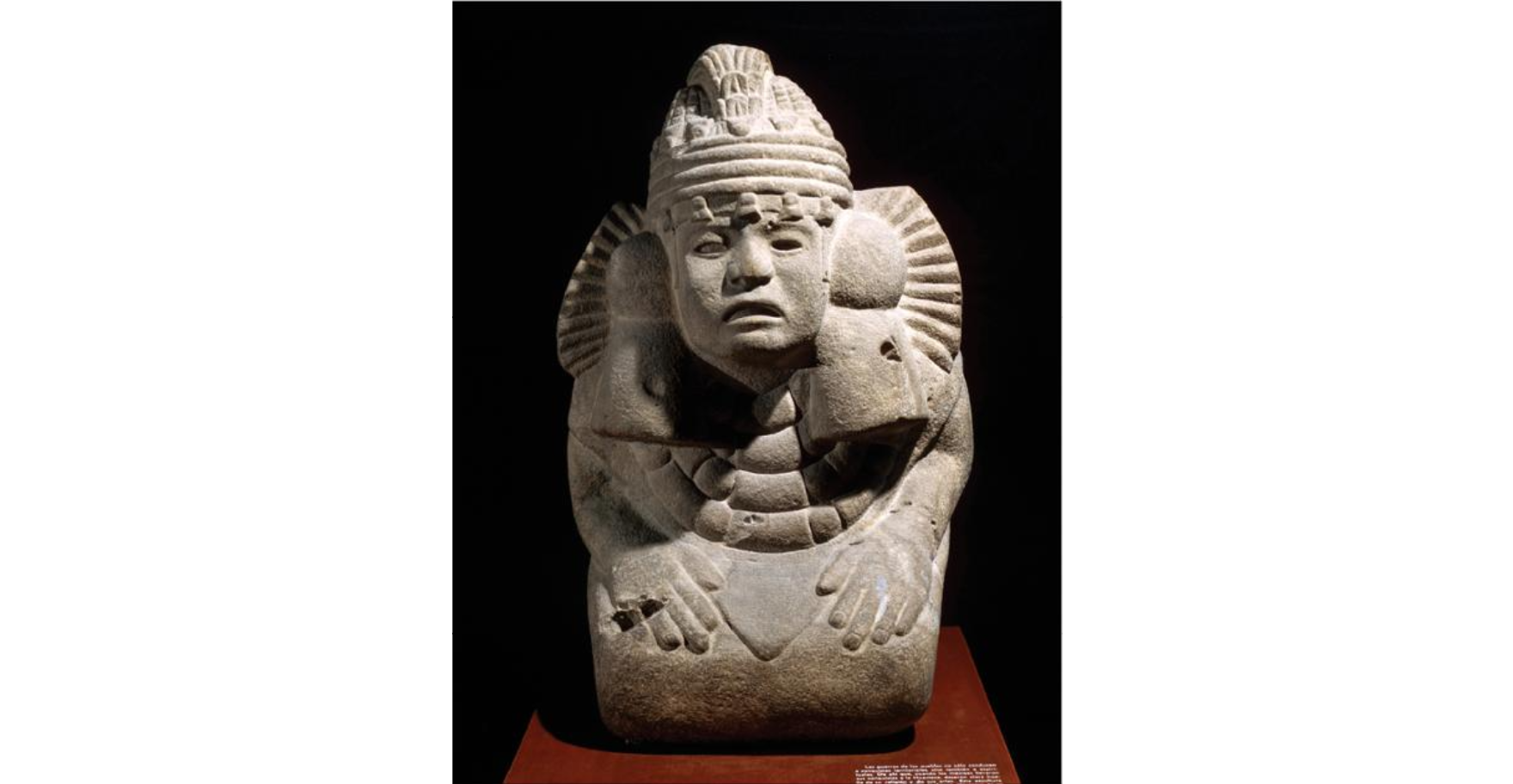
Xilonen, Goddess of Young Corn
Huastec, Tuxpan
1000—1200
limestone
rounded head, humanlike; grand
ways Tlaloc, rain deity from Mesoamerica, was depicted:
circular eyes
twisted serpent nose
fanged mouth
headdress
large ear ornaments
flattened features rendered as geometric shapes
pantheism
belief that a divine spirit pervades all things in the universe
Hinduism
appears to have numerous gods, but it is pantheism, rather than polytheism
all their gods are manifestations of “avatars” of a divine universal spirit: Brahman, the Unbounded
Shiva
avatar of Brahman; “Lord of the Dance”
good and evil
male and female
unity in which all opposites meet
destroys and creates life
terrible and mild at same time
Brahman
one pure being of pure intelligence and delight; unknowable
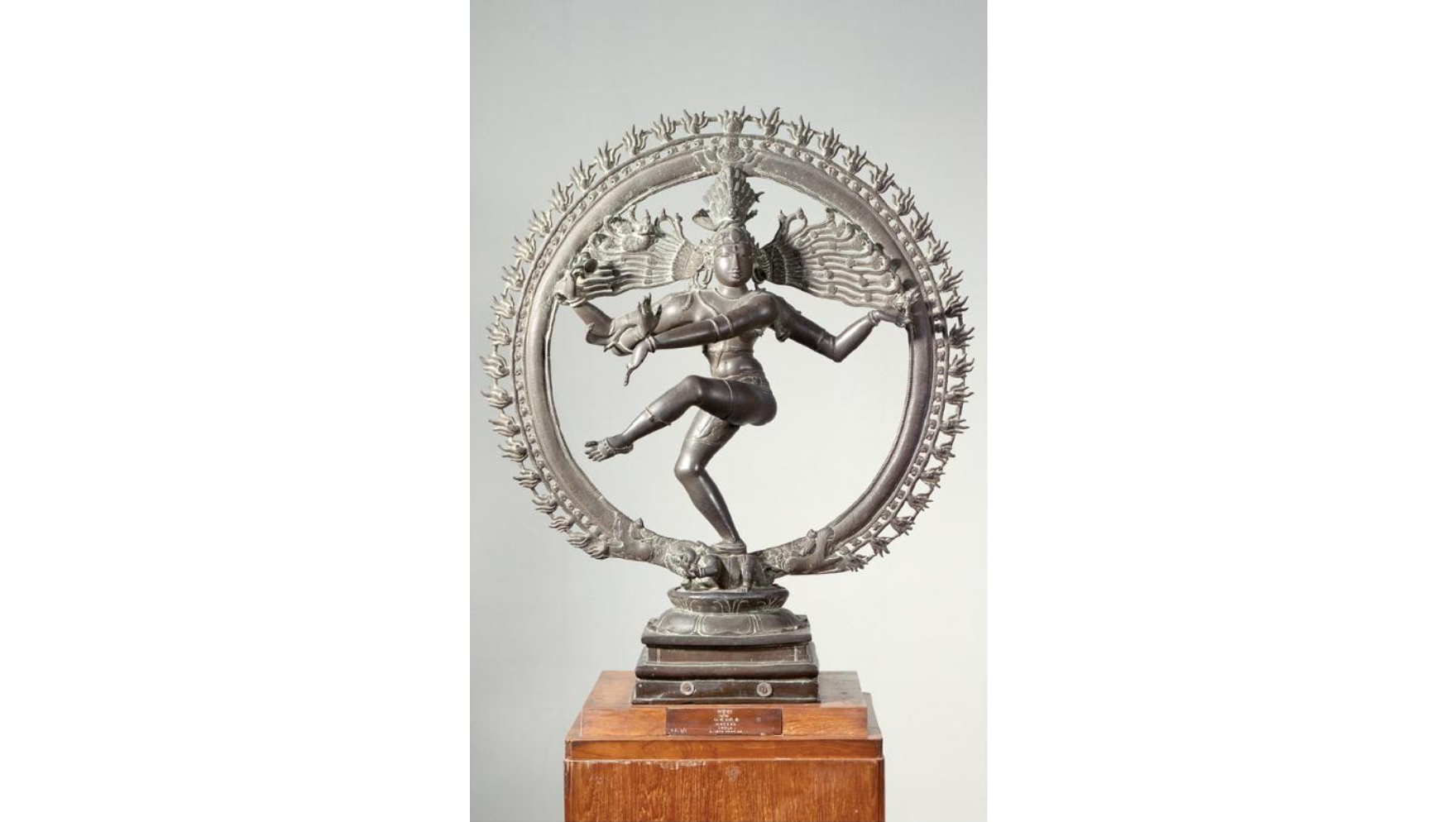
Shiva as Nataraja
Punjab, India
1000
bronze
dancer-like sleek body
eternal stillness
mudra (hands): sign of protection
left foot elevated in dance = release from the earth
circle of fire around Shiva shows unfolding/transformation of universe + its destruction
Buddhism
follows teachings of Siddhartha Gautama, aka Sakyamuni
(offshoot kinda of Hinduism)
Buddha represented as set of symbols after his death; never human UNTIL later
later in Buddhism: founder depicted as Buddha, the Enlightened one
stupa
mound tomb → monument containing ashes/relics of a Buddha
symbol for Sakyamuni/Buddha; sign of death + attainment of nirvana
toranas = 4 gates at 4 cardinal directions
square enclosure on top of dome = heavens
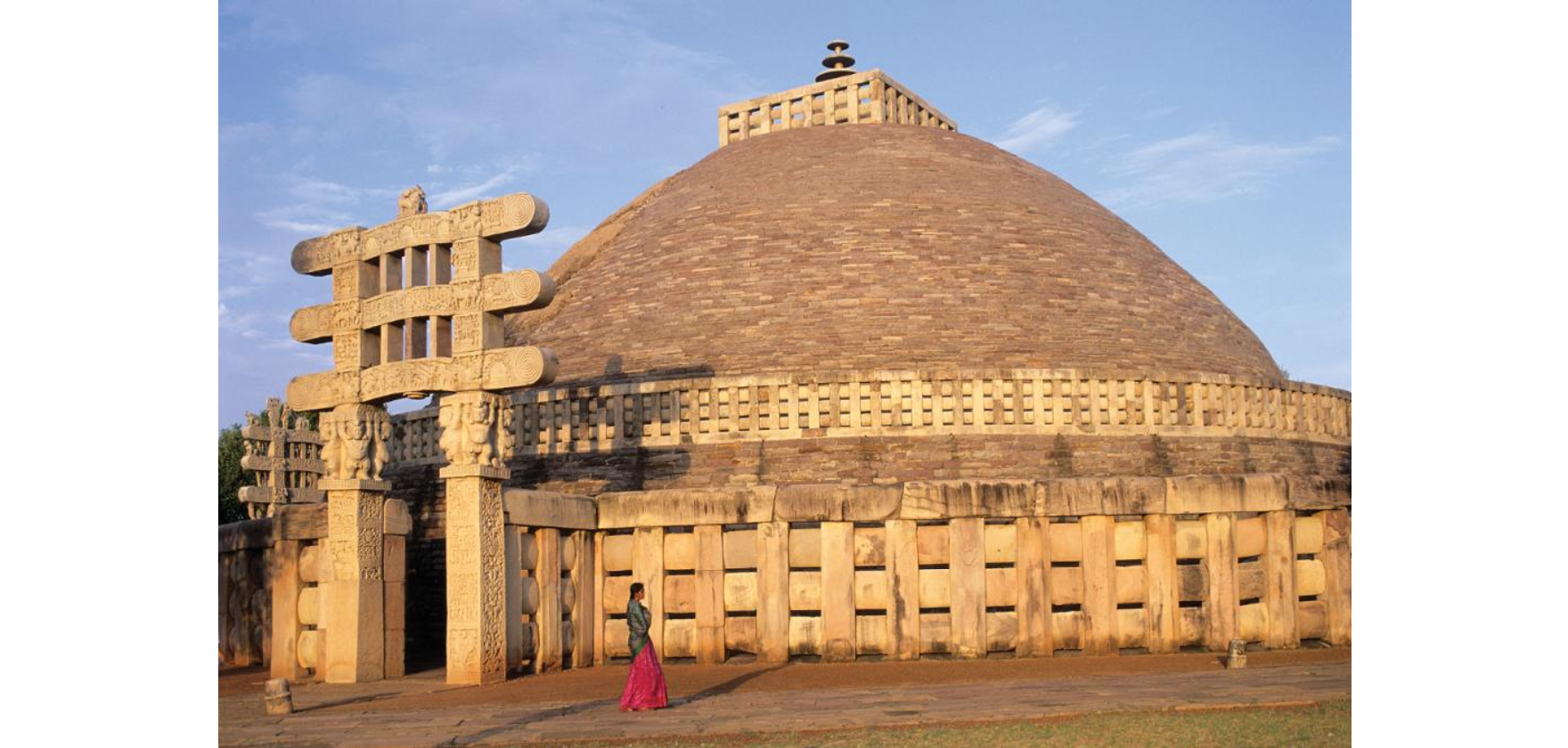
Great Stupa
Sanchi, India
400 BCE — 100 CE
dome
toranas
four heraldic gates around the stupa; at 4 cardinal directions
chatras
mast w/ umbrellas = united world w/ above paradise
signifies levels of human consciousness that human souls ascend thru to enlightenment
identifying traits of Buddha
lotus pose
long earlobes
tall, arched brows
quiet mouth
serenity
abstracted foliage = Tree of Enlightenment
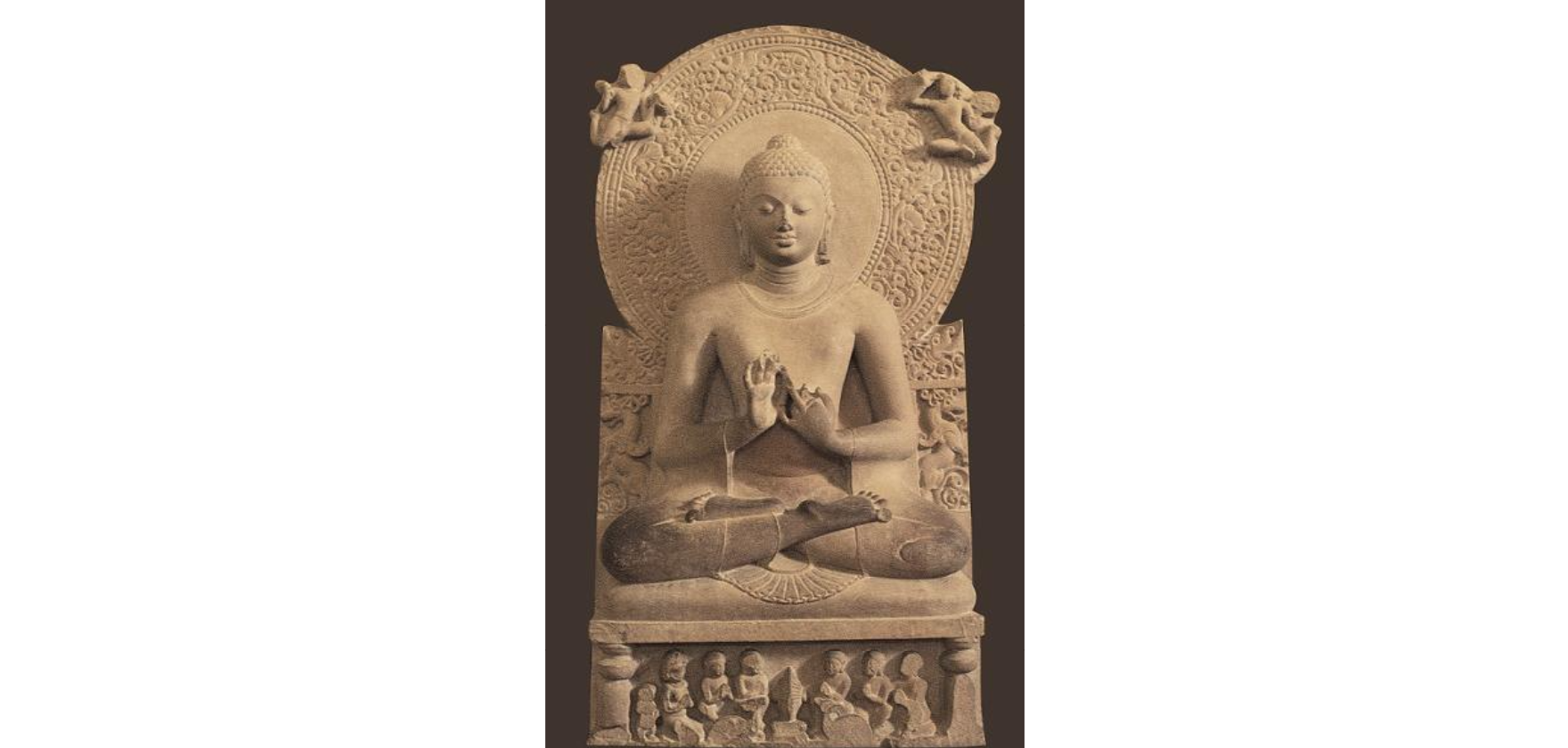
Seated Buddha
Sarnath, India
500—650 CE
sandstone
Buddha = weightless body
perfect oval face
Bodhisattvas
living beings who have attained Buddhahood but chose to remain on earth to help others
ex: Guanyin (in China)
depictions vary greatly: sometimes fem, sometimes masc; sometimes 2 arms, sometimes 12 arms; etc
monotheism
belief in one god; there is no other

The Water and Moon Guanyin Bodhisattva
Song Dynasty, China
1100
painted wood statue
living Buddhist person who is Enlightened but remains on earth to help others towards Enlightenment
why early Christian/Jewish art is rare:
thought that making images of god violates 2nd Commandment (idolatry)
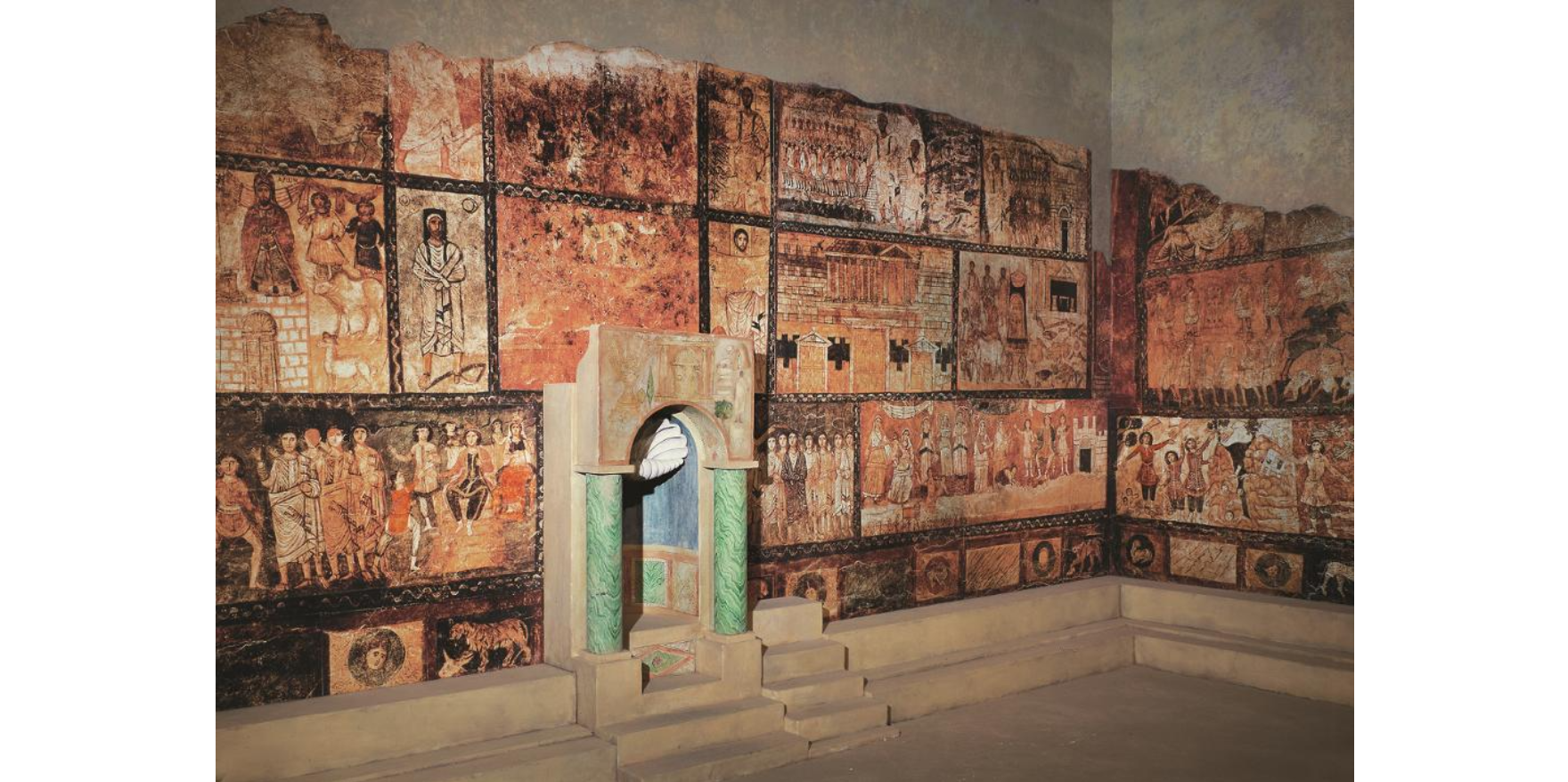
Synagogue at Dura-Europos
Syria
245—256 CE
paintings illustrate Hebrew Bible stories
figures: stylized gestures, lack expression/mass/depth
stand in frontal rows; action not depicted
Yahweh depicted as just a hand
Christianity’s depictions of Jesus:
shephard
royal ruler
miracle worker
judge
teacher
beautiful child
dying man
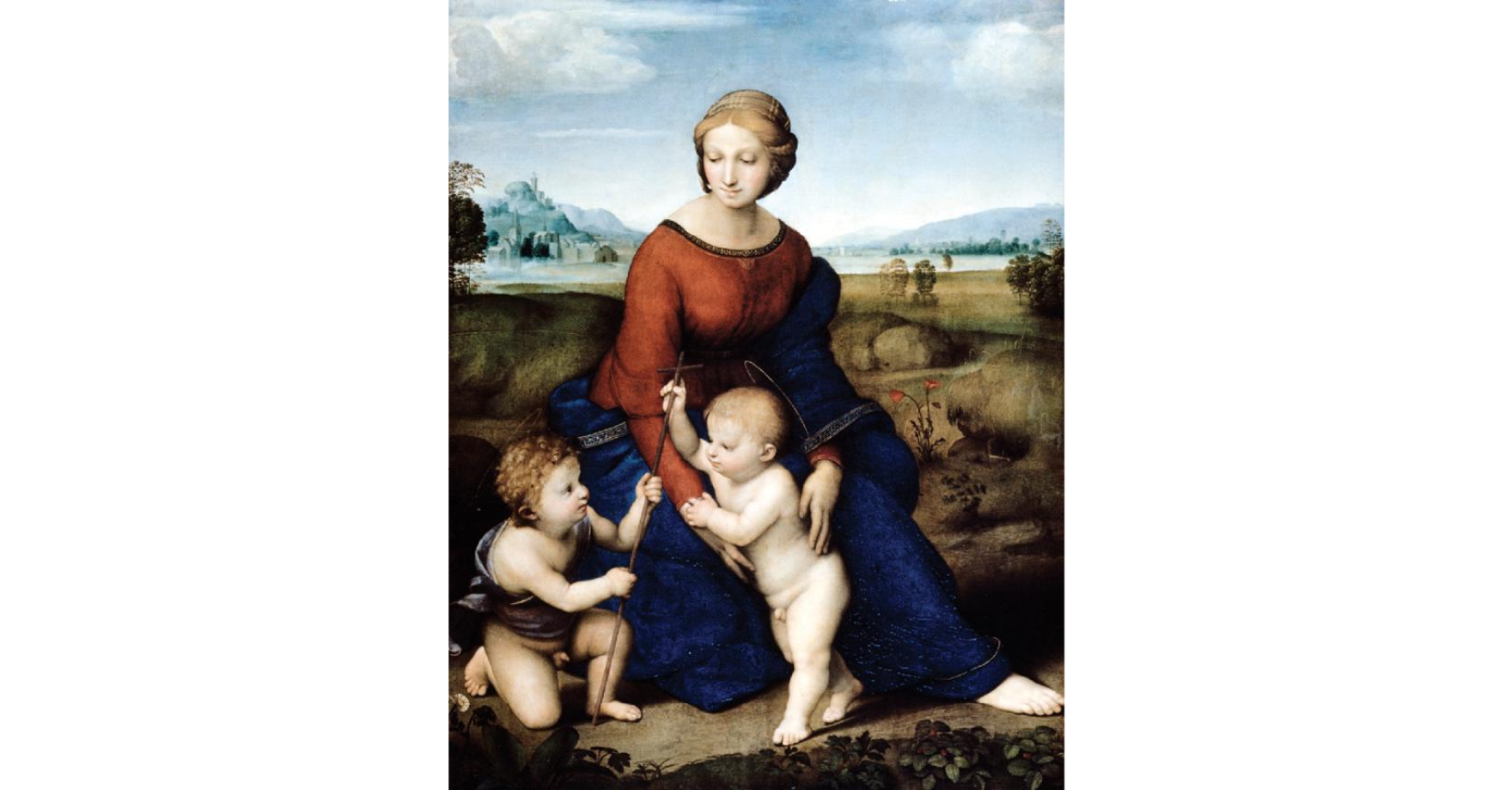
Madonna of the Meadow
Raphael Sanzio (Italy)
1505
oil on panel
Jesus in center; St. John the Baptist on the left
cross = roles of savior and prophet
Mary and children = triangle composition = Trinity
Mary completely contains form of Jesus = mother
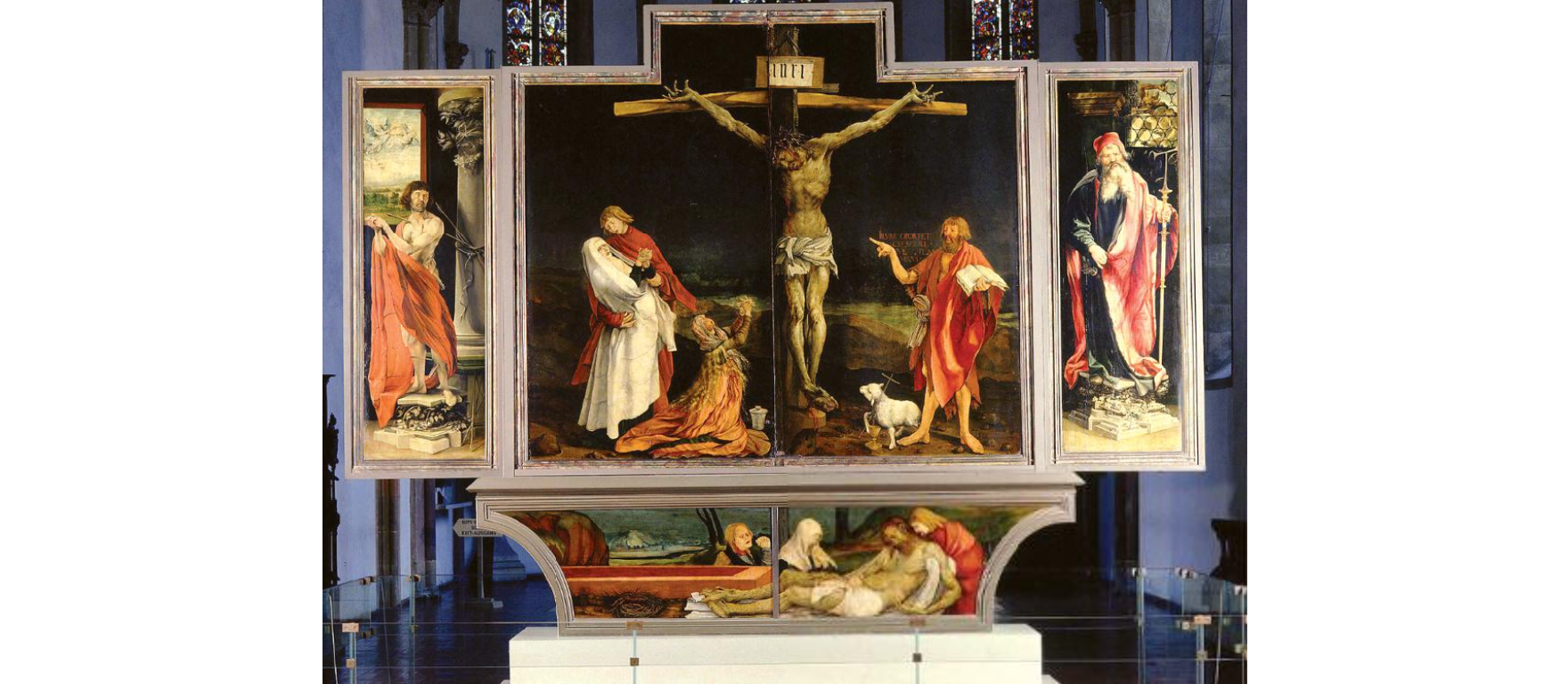
Isenheim Altarpiece
Matthias Grünewald
1510—1515
oil on wood
consoled hospital patients; Jesus relates in suffering
Islam
founded by Mohammed in 7th century Arabia
Koran = complete submission to Allah (same deity as Judaism/Christianity)
images of Allah are forbidden
prophet Mohammed sometimes shown in art
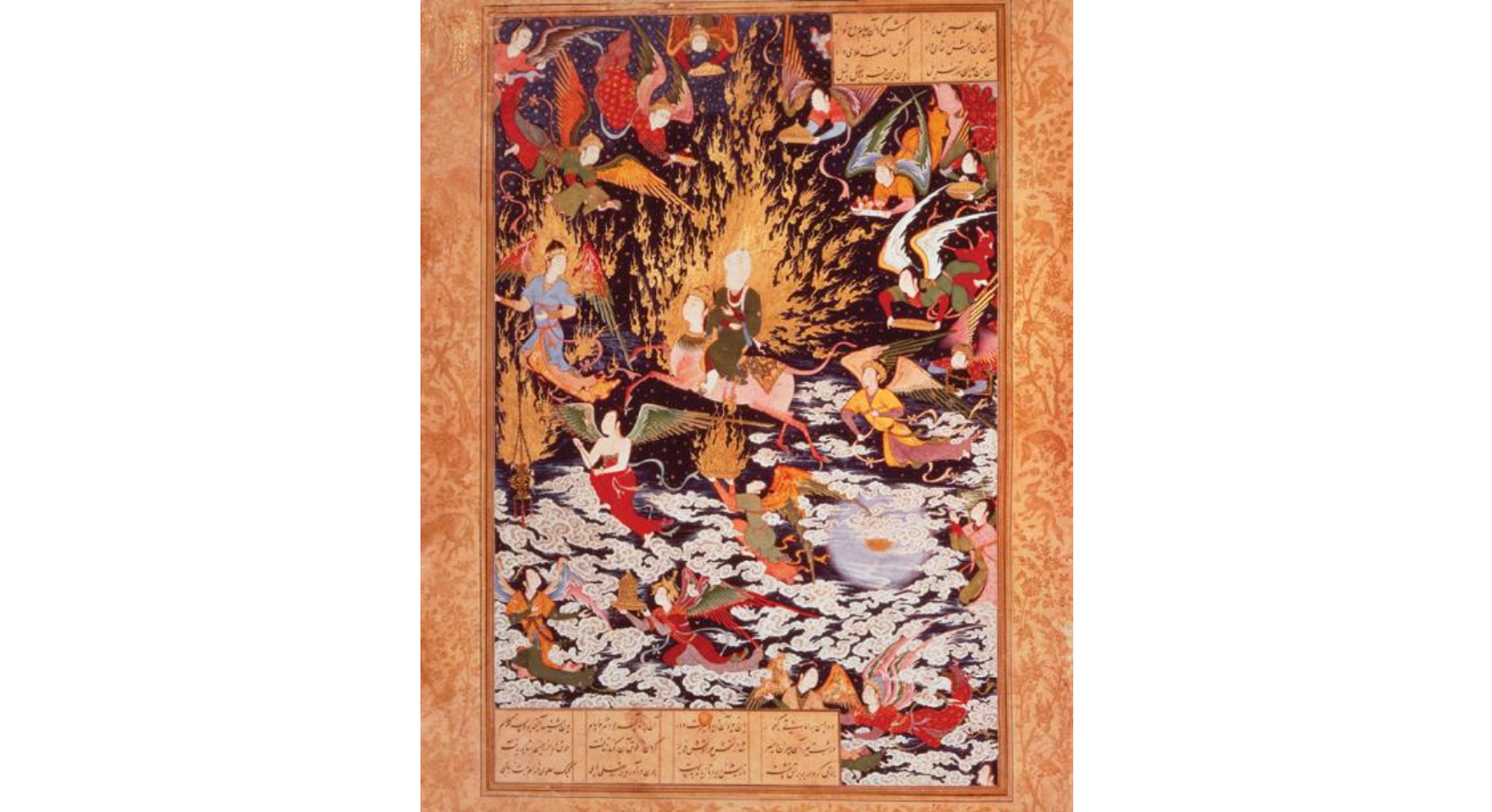
Mohammed's Ascent into Heaven, from Nizami’s Khamsa (Five Poems)
Safavid Dynasty, Iran
1539—1543
Mohammed ascends into heaven w/ angels
retablos
votive paintings in Central Mexico; offerings left at important religious shrines
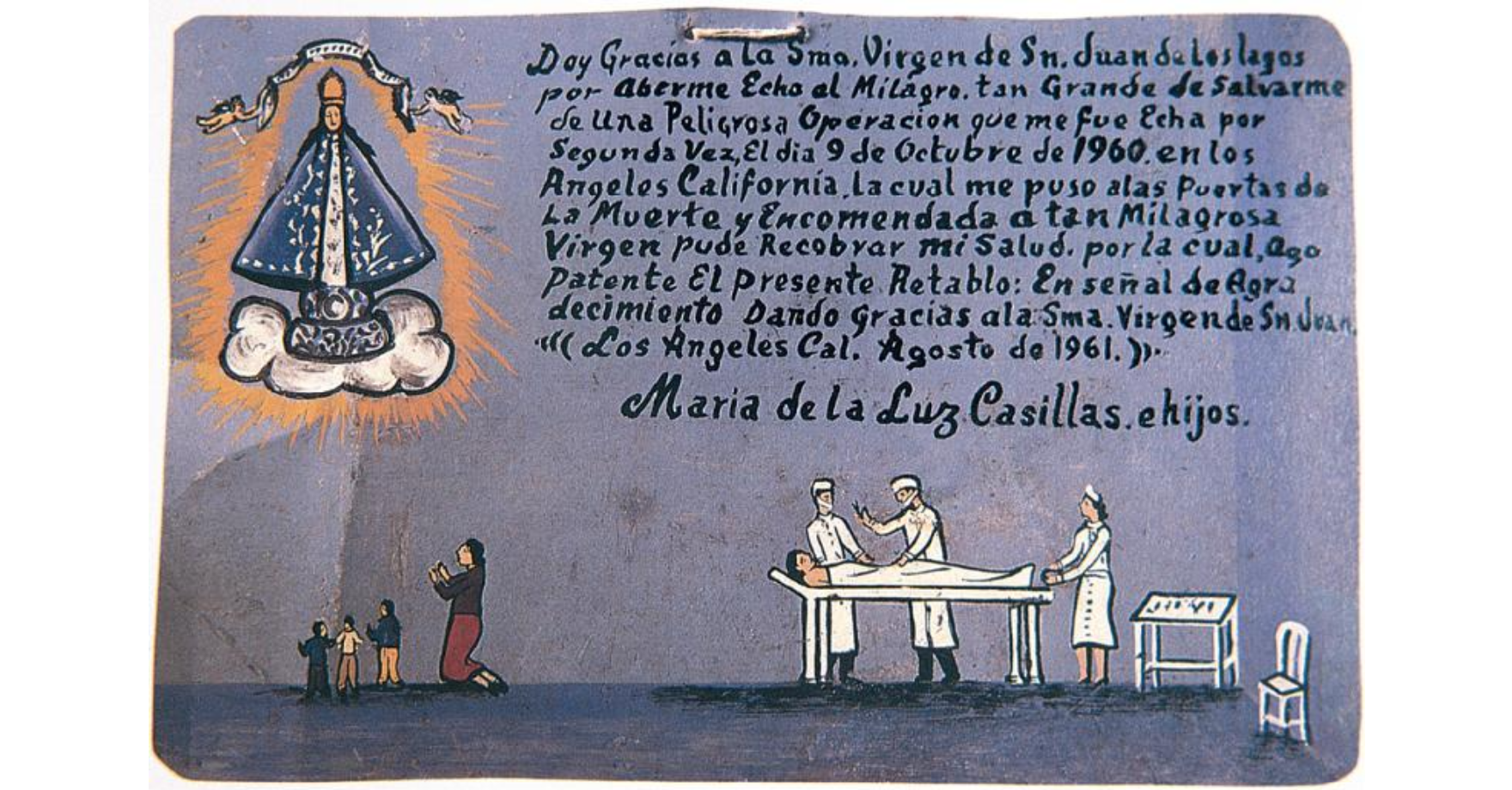
Retablo of Maria de la Luz Casillas and Children
1961
Central Mexico
oil on metal
Maria depicted twice: supplicant w/ her children & helpless/vulnerable patient
Virgin of San Juan in gray room w/ golden rays
lack of details to emphasize Virgin’s power vs. Maria’s helplessness
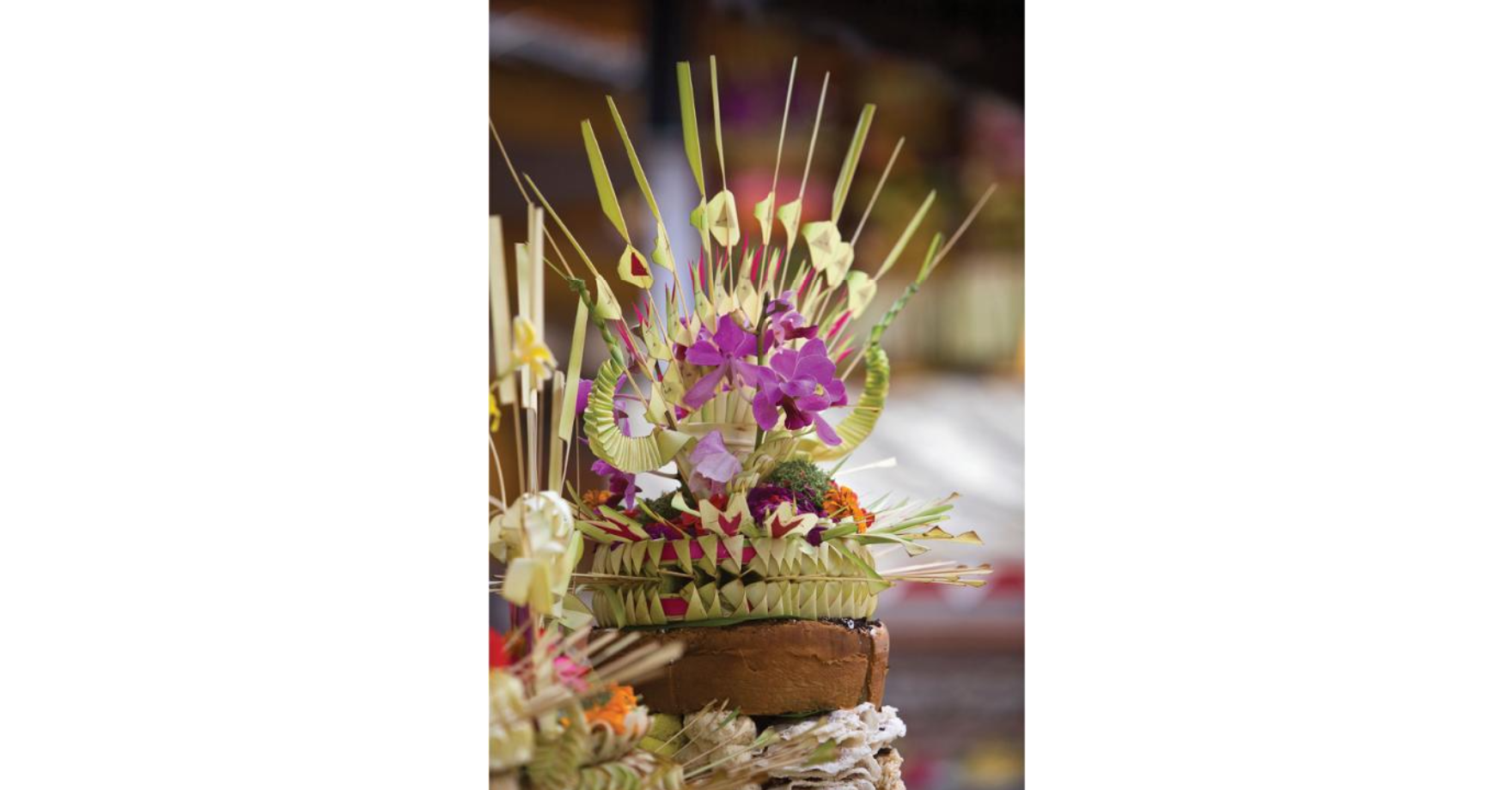
Offering with Cili-Shaped Crown
1985
flowers, fruit, palm leaves
Balinese commemorate religious days by giving handmade offerings
offerings = artworks
religion + art integrated in everyday life
sacrifices
various religious blood sacrifices through the ages
Judeo-Christian religions have history of blood sacrifice
ex: Abraham preparing to kill son Isaac but last minute was allowed to substitute w/ a ram

Sacrifice of Isaac
Lorenzo Ghiberti
Florence, Italy
1401—1402
gilded bronze
ultimate test of faith
Isaac’s nude body = sacrifice
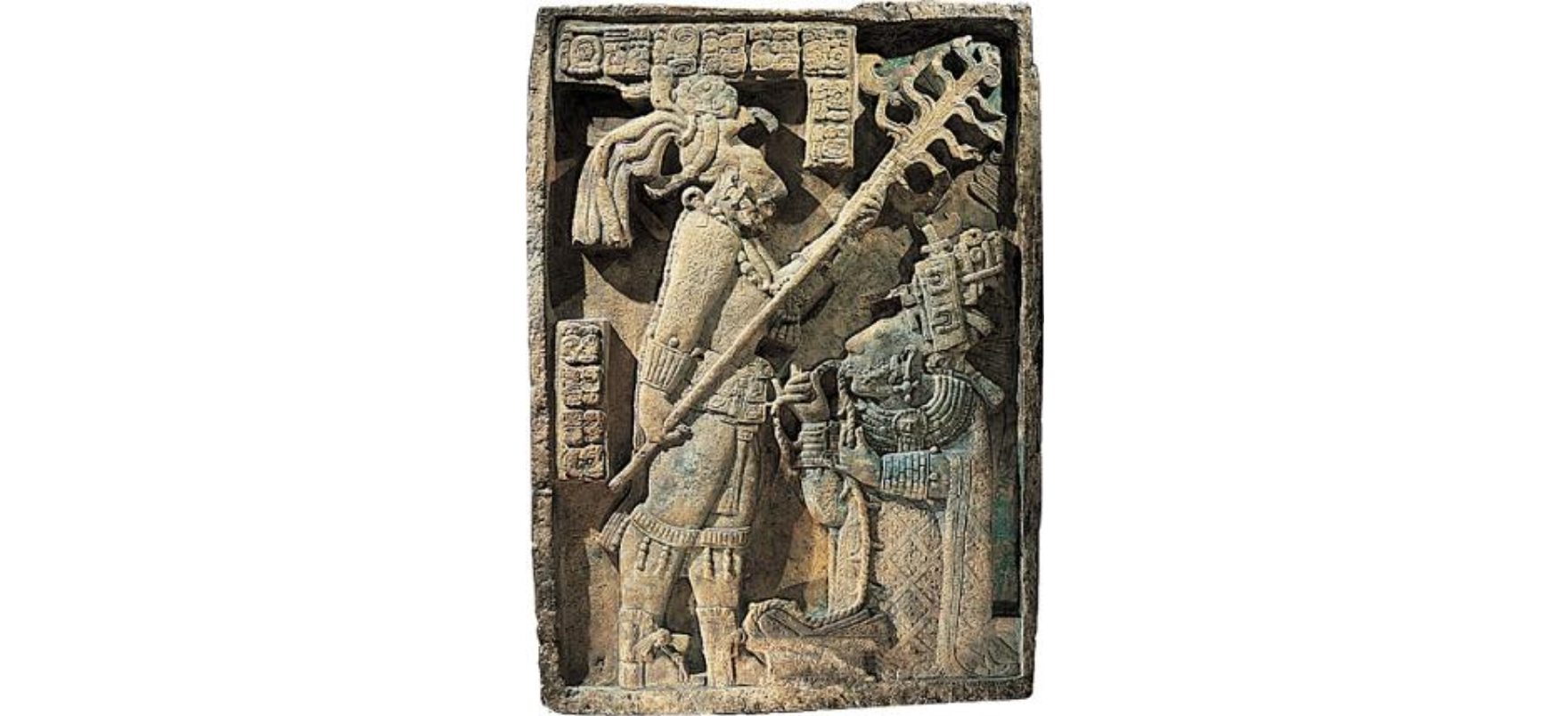
Shield Jaguar and Lady Xoc
Mayan; Mexico
750
relief
bloodletting ceremony
Mayan ruler holds torch over principal (#1) wife
pulls thorny rope through hole in her tongue
prayer
vehicle of communication between humans and gods
kachinas
spirits of the dead; dwell in community for 6 months
by Hopis people of North America
small doll sculptures of kachinas = form of prayer
used to educate children; gifted to women as fertility
colors = sacred directions
blue/green = north
yellow = west
red = south
east = white
heavens = multicolored
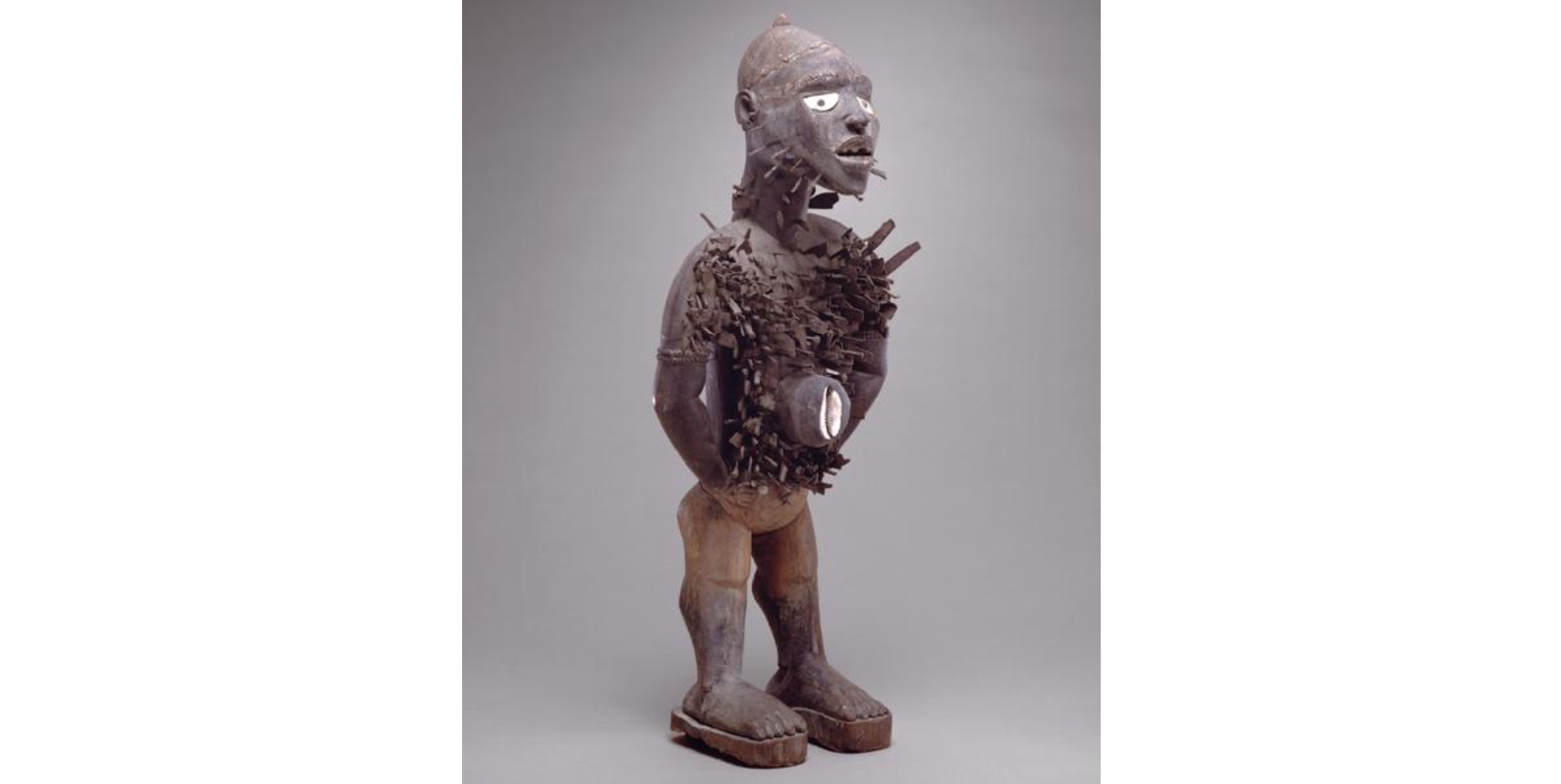
Power Figure (Nksi n’kondi)
Kongo, Zaire
1998
wood, nails, blades, medicinal material w/ cowrie shell
power released by shamans by hammering nails into it
figure is activated when medicinal herbs placed in back of head
artistic mappings of the cosmos show:
origin of the world
structure of universe
spiritual beings
humans in relation to gods
diagrams of time

Ahola Kachina
Jimmie Kewanwytewa (Hopi)
1942
cottonwood, paint, feathers, wool
doll figures = prayer for welfare of community + teaching aid for youths
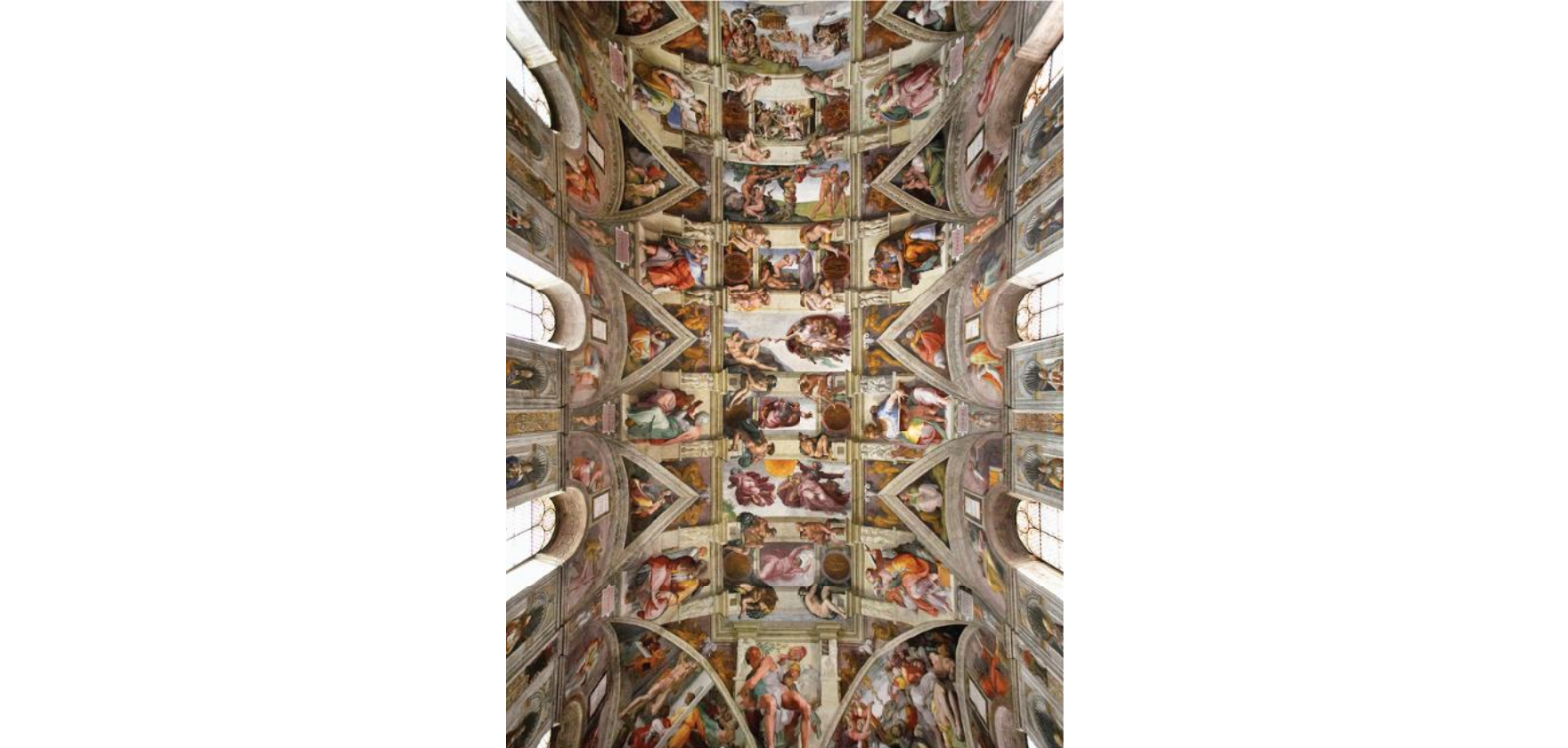
Ceiling of the Sistine Chapel
Michelangelo
1508—1512
fresco
Michelangelo = primarily a sculptor; frustrated w/ commission requirements

Mandala of Samvara (Kharamukha Cakrasamvara Mandala)
Tibet
1500s
water-based pigments on cotton cloth
circle = void before creation
deity will appear in empty void
deity Samvara sets universe into motion
red = common color of Tibetan mandalas
blue = lapis lazuli (expensive; commissioned by wealthy patron)
mandala
map of structure of cosmos
belief that physical + spiritual worlds = uninterrupted whole of continually fluctuating energy states
towards inner circle = stages of increasing enlightenment
purposes of places of worship:
to shelter congregation
house sacred objects
incorporate elements of nature
incorporate symbolic geometry
be sites of sacred ceremonies/pilgrimages
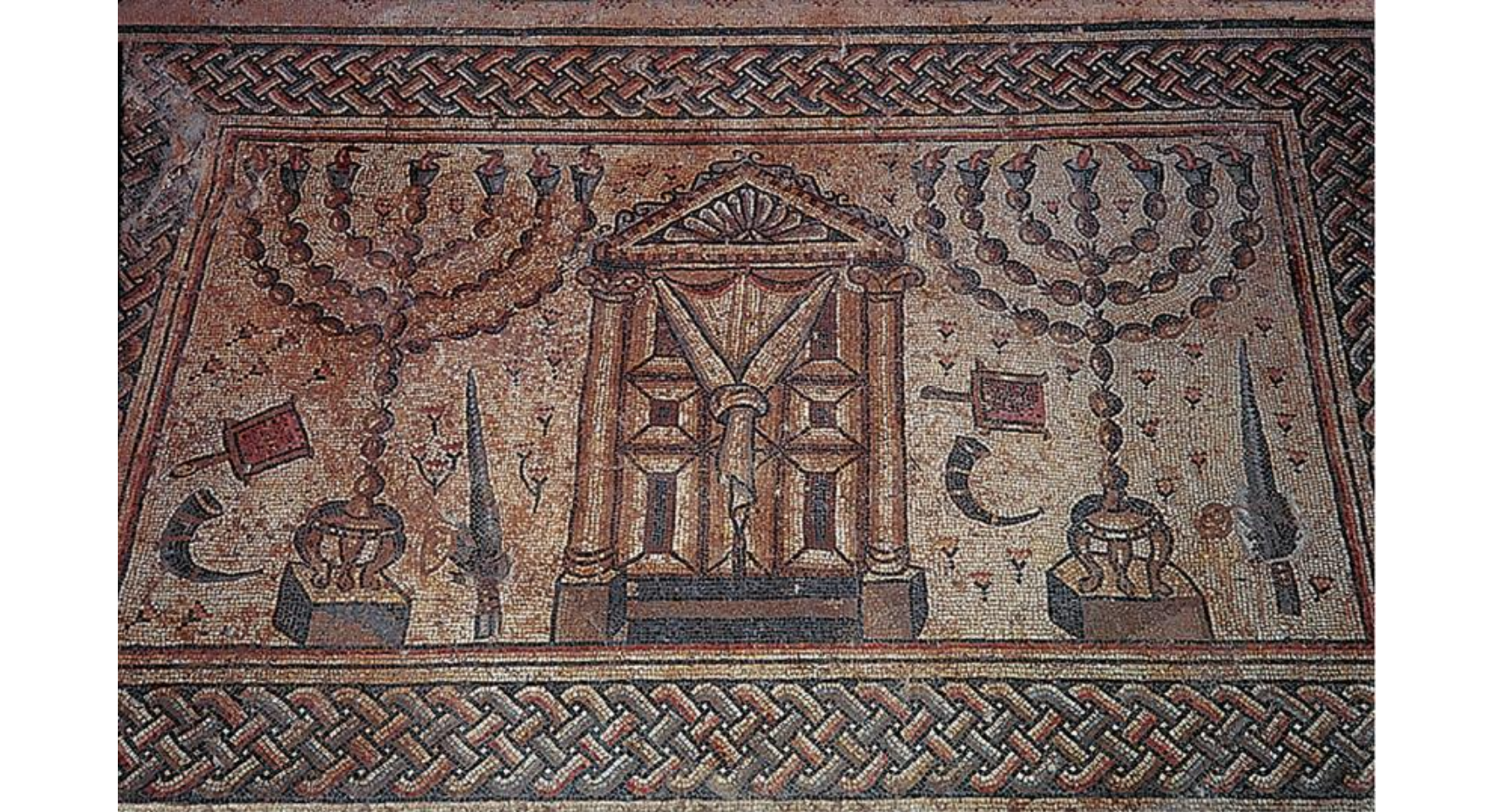
Ark of the Covenant
Hammath (near Tiberias)
400—500 CE (4th century)
mosaic
Judaism: most holy structure; tabernacle for holding sacred objects
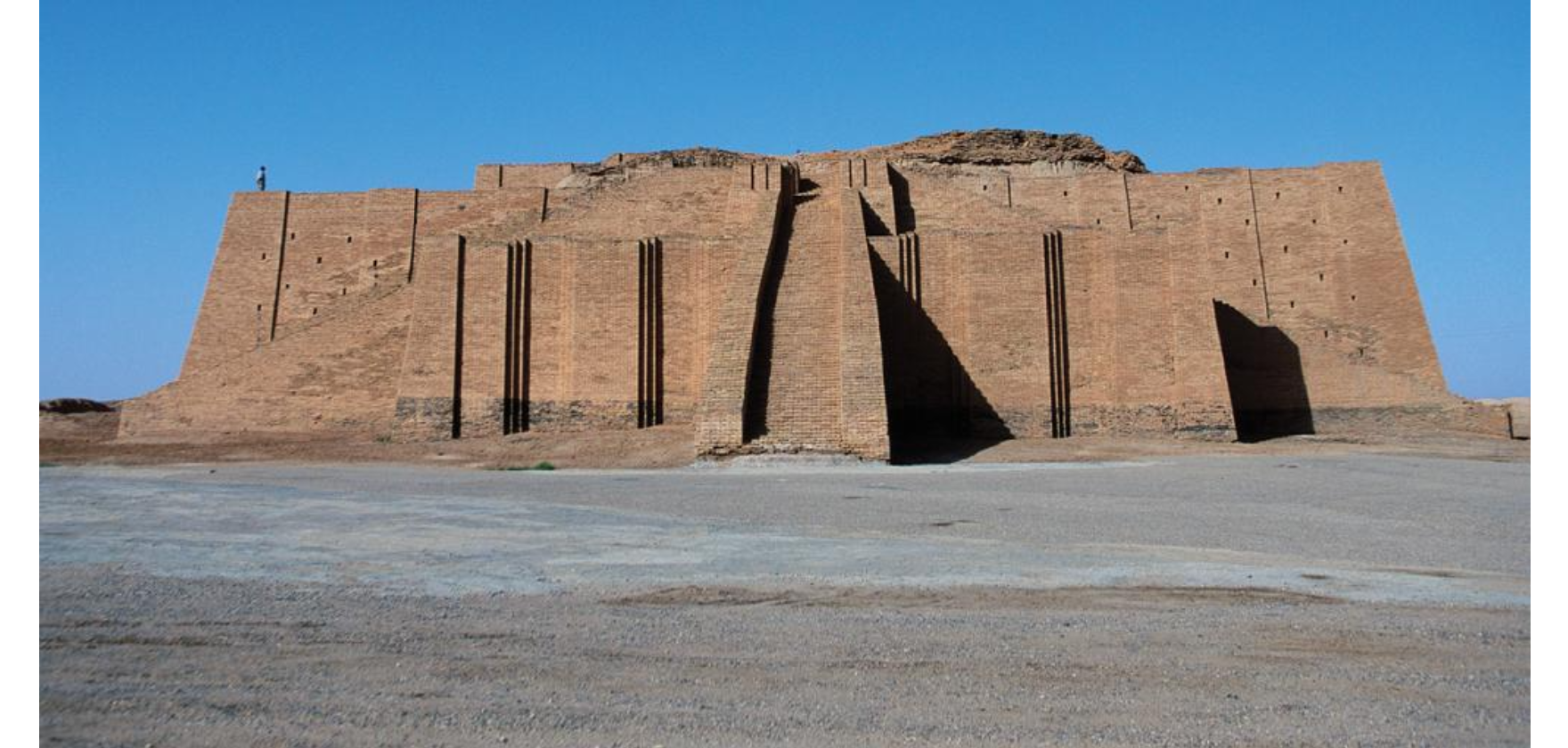
Ziggurat at Ur
3rd Dynasty of Ur (Iraq)
2150—2050 BCE
sacred artificial mountain built by Sumerians of Ur to honor special deity
“ziggurat” = “mountain”/“pinnacle”
tower seems to reach into the heavens (surrounded by flat land; contrast)
natural places of worship:
mountains (heaven meets earth)
springs (sustain life)
sacred trees (truth; underworld/world/heavens)
groves
fire/light/sun
Shinto religion (Japan):
forests, big stones = sacred dwellings of gods of nature “Kami”
Kami are called upon to enter the shrine
powers are worshipped + asked for aid
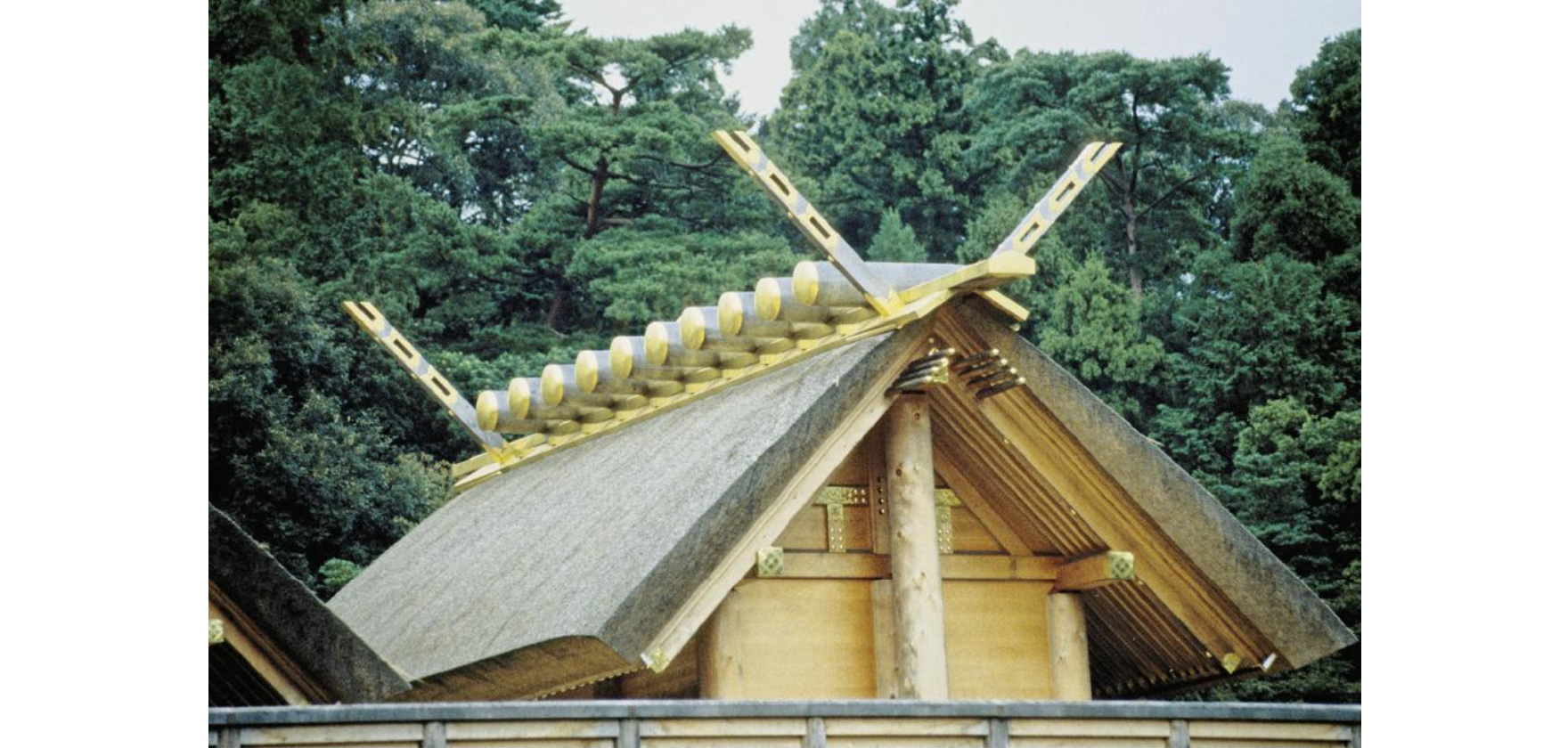
Main Shrine at Ise
Japan
685
cultures use geometry/symmetry to symbolize:
divinity
totality
perfection
timelessness
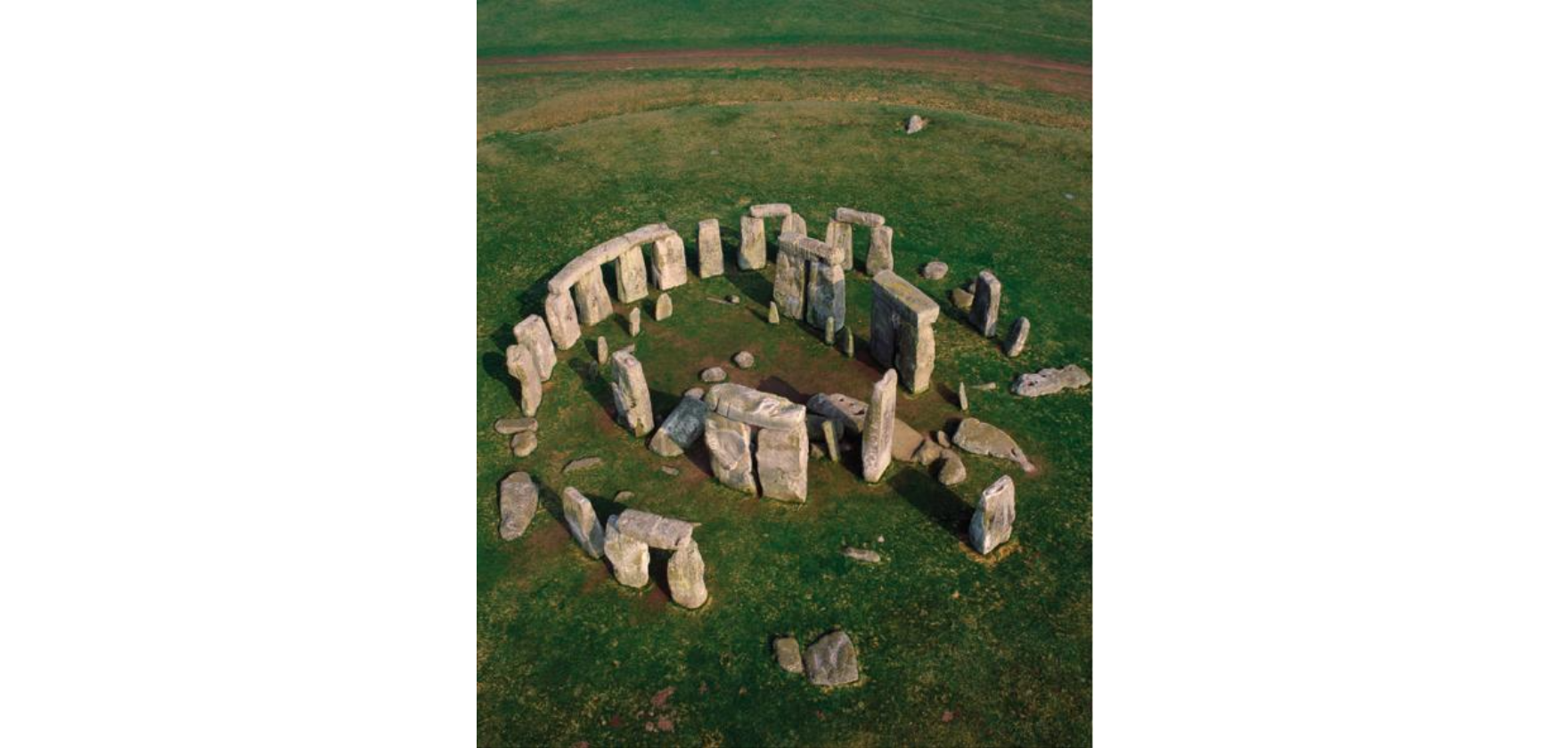
Stonehenge
Wiltshire, England
2000 BCE
upright stone lintel altar
astronomical device; maps solar/planetary movement
marks midsummer solstice; essential to agrarian/agricultural civilization
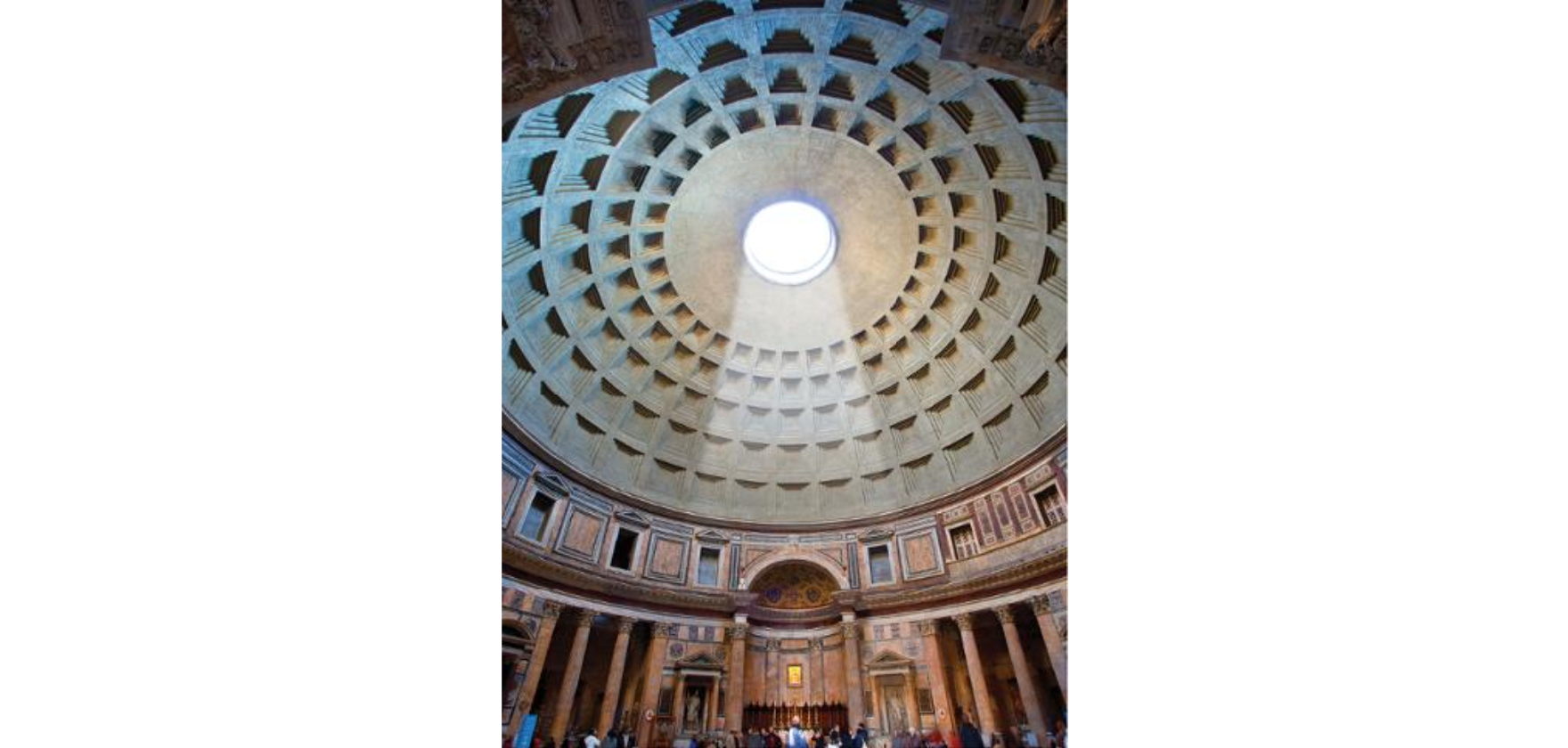
Pantheon
Rome
118—125 CE
concrete and marble
oculus: hole in top; creates shaft of sunlight illuminating interior
entire structure is symmetrical; loftiness, simplicity, balance = divine

Shrine to Vairocana Buddha (the biggest one)
Longmen Caves in China (thousands of sacred Buddha statues)
600—650 CE
natural rock carving
universal; dominates all life and everything else
attended by demons/lesser Buddhas; model used to justify rule of tyrant emperors
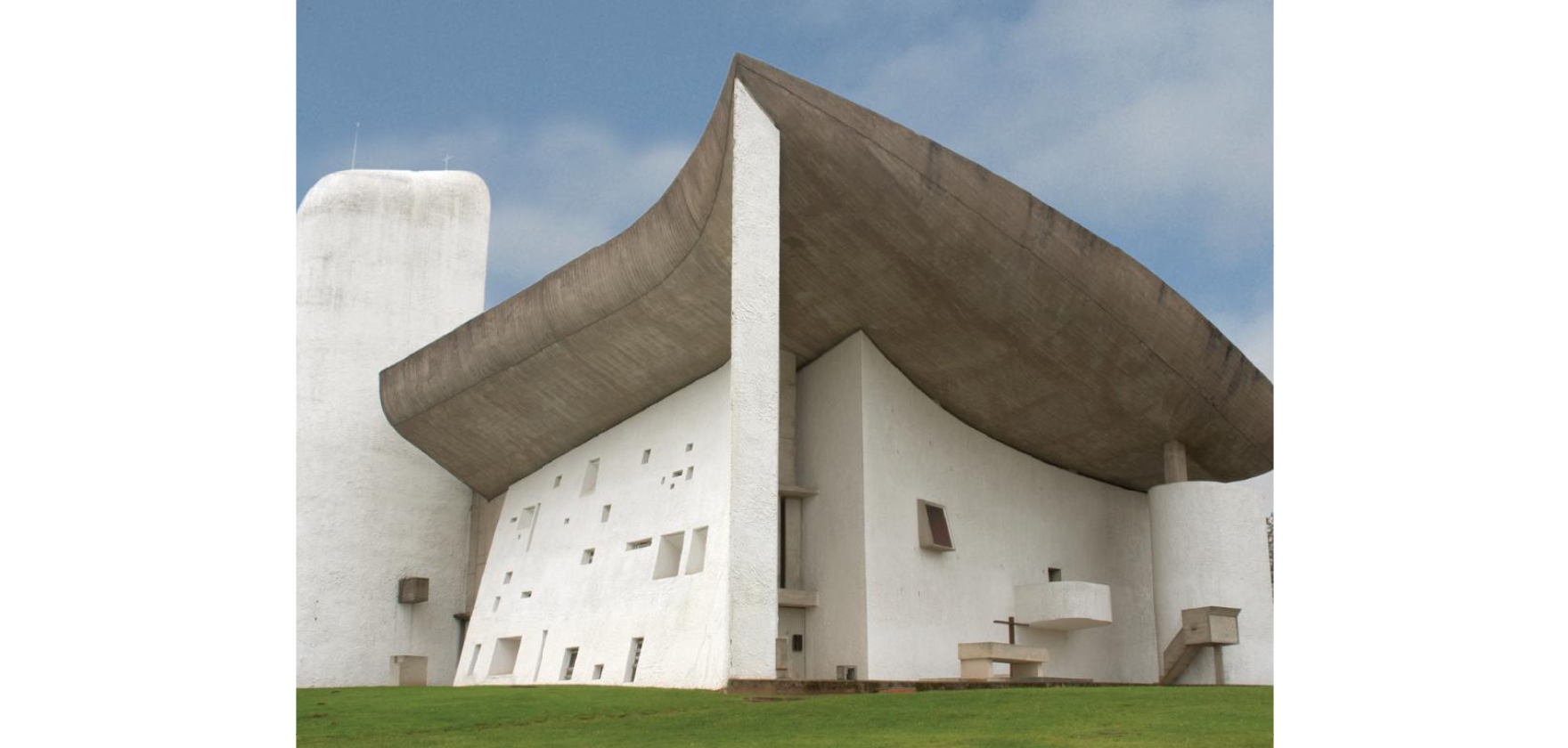
Notre Dame du Haut
Le Corbusier (France)
1950—1955
church
outdoor altar & pulpit to accommodate large outdoor crowds for services
design: praying hands, dove wings, boat hull = Christian symbols of divine generosity
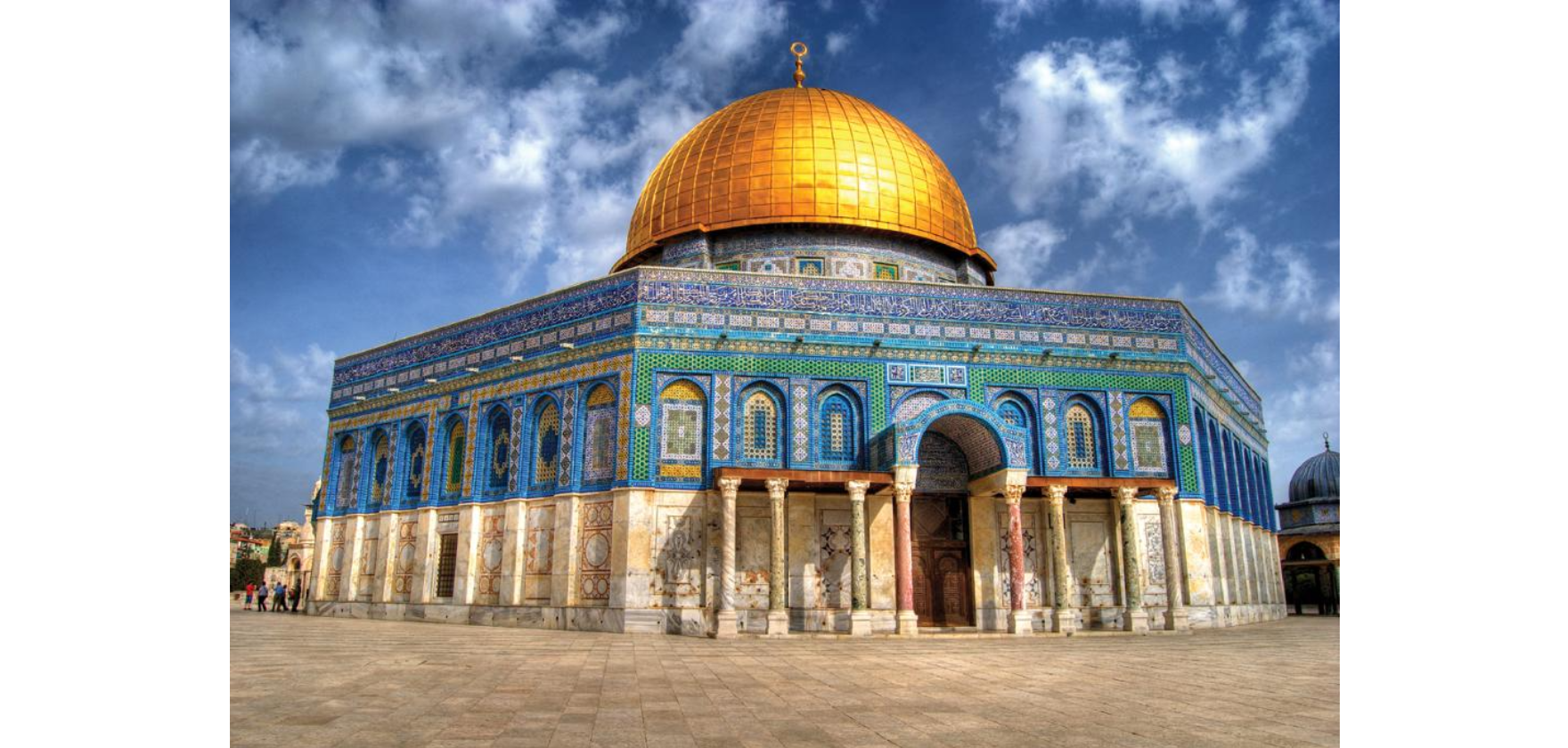
Dome of the Rock
Jerusalem
687—692
historic Abrahamic religion pilgrimage site
burial place of Adam
altar where Isaac (Abraham’s son) was saved
Hebrew Temple destroyed by Roman Emperor Titus in 70
stone Mohammed ascended from to heaven/returned to Mecca
→ geometric like Roman + Byzantine architecture; ornamented octagonal platform topped w/ gilded dome
temple complexes/grand places of worship are expressions of:
temporal power
religious power
broad cultural values
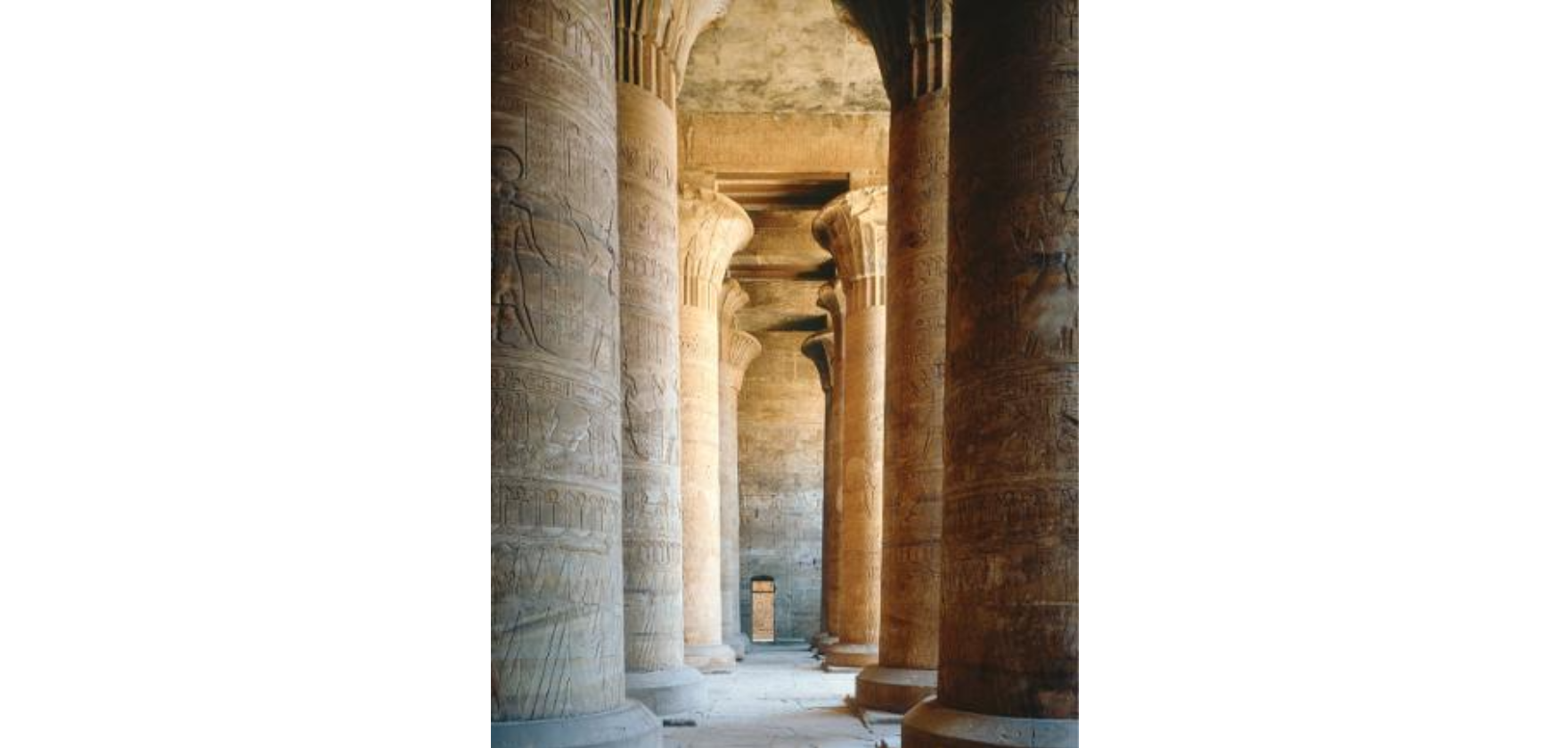
First Hypostyle Hall
Horus Temple at Edfu (Egypt)
237—57 BCE
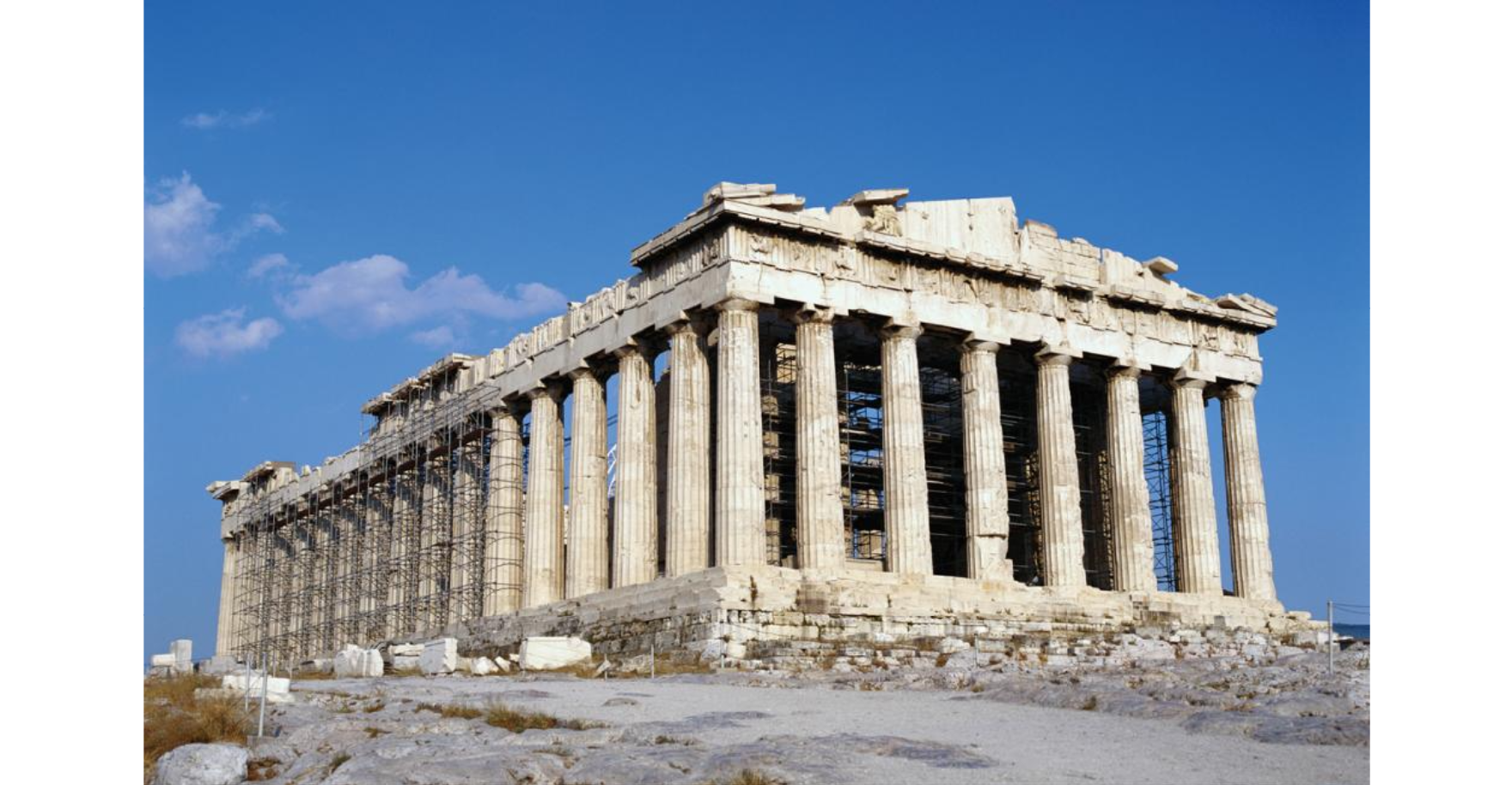
Parthenon
Iktinos and Kallikrates (Athens, Greece)
447—432 BCE
pentelic marble
temple design = Doric; classic Greek architecture
more graceful/refines than older temples, but still uses post-and-lintel system
architects treated Parthenon more like sculpture than architecture
steps = base of structure, like a pedestal for sculpture
higher at middle of each side and lower at corners = counteract illusion of sagging in middle
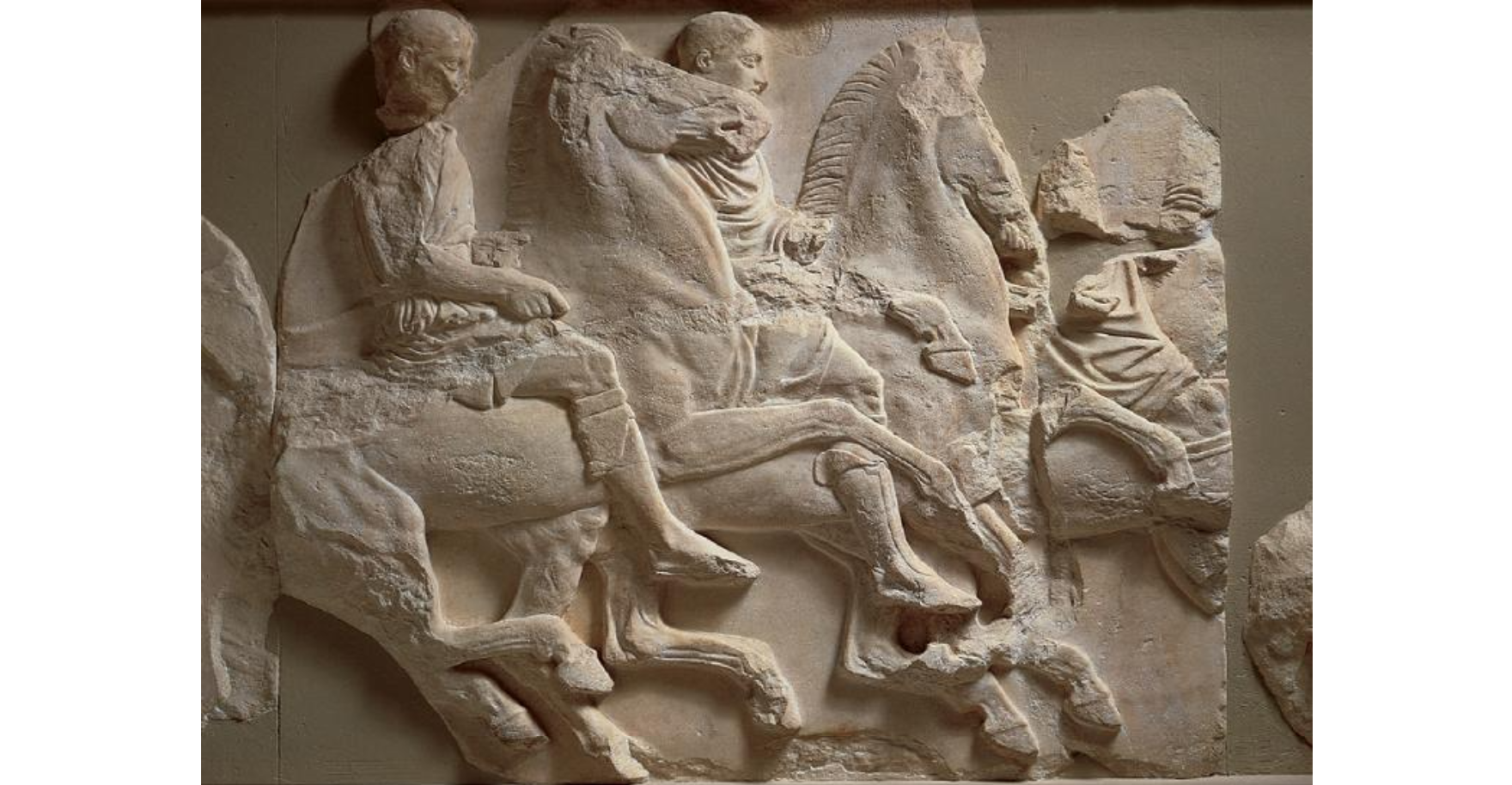
Horsemen (from Parthenon frieze)
440 BCE
marble
represents participants of Panathenaic Festival procession
worshippers become more solemn and orderly as they approach the gods

Great Pylon of the Horus Temple at Edfu
Egypt
237-57 BCE
granite and limestone
Horus; specific cult image as sun falcon
cult temples believed to be actual dwellings of gods
geometric mountains flank entrance to temple function as gate AND social barrier blocking entry for lower classes
temple becomes darker + rooms get smaller as you keep going
divine permanence/power = monumental granite/limestone
mathematical proportions = Greek philosophy:
want perfection in science/art/etc
certain geometry/ratios were divine
hypostyle
parallel rows of columns supporting ceiling
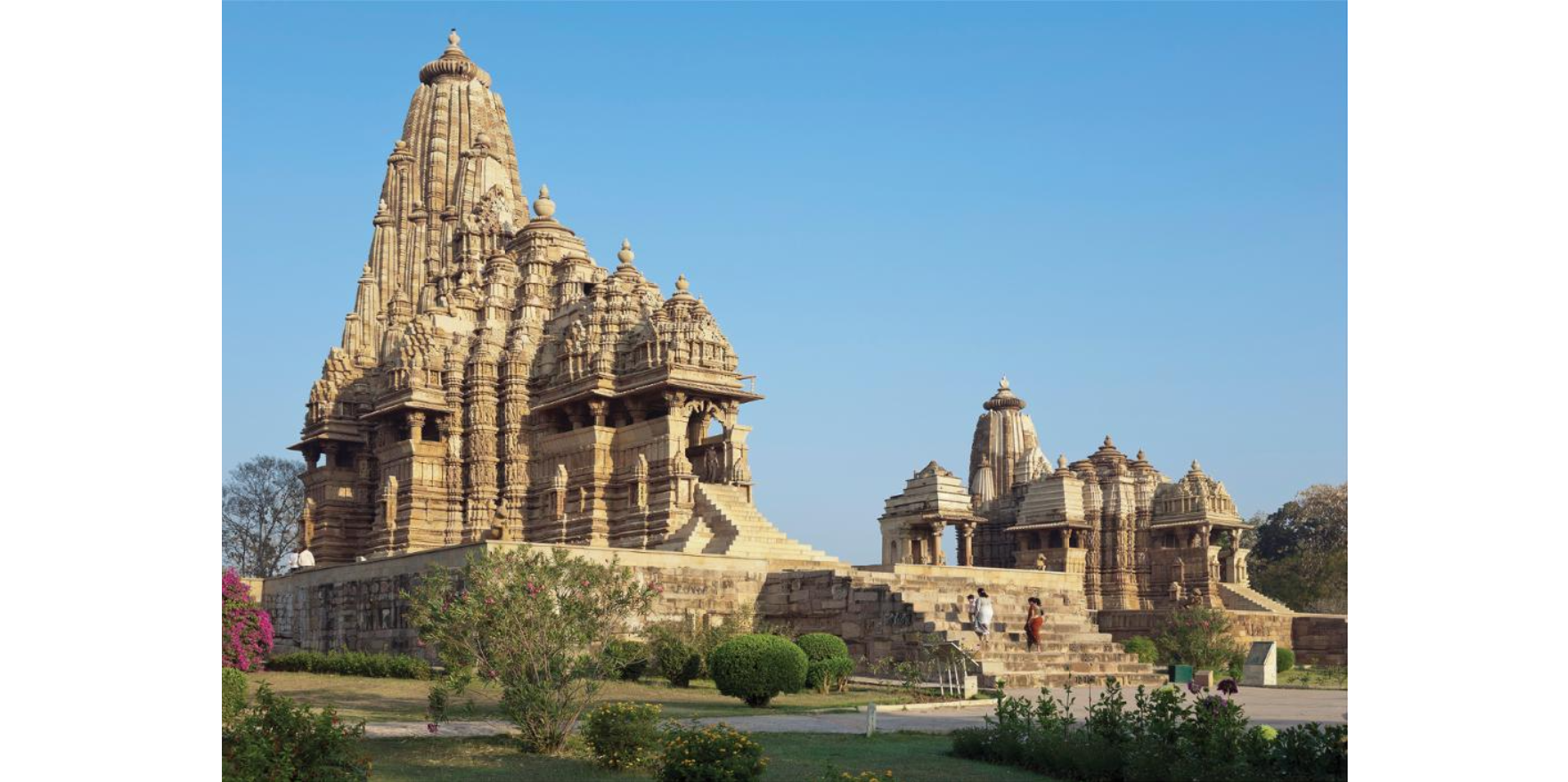
Kandarya Mahadeva Temple
Khajuraho, India
1000—1100 CE
Hindu; dedicated to Shiva
artificial mountain on top of small, dark, womb-like chamber
temple = dwelling of deity
temple exterior = helps people w/ meditating on reincarnation
simple umbrella shape at tops of towers = Unbounded
Hindu temple theology/design:
2 belief systems
nature-based: worships spirits responsible for plant/animal life; reincarnation: infinitely repeating cycle of life/death
understanding cosmos in geometric terms: early cave temples carved into mountains = opening earth’s womb
later temples: more elaborate, but still keep womb-temple formula
some other temples: freestanding, cube-like
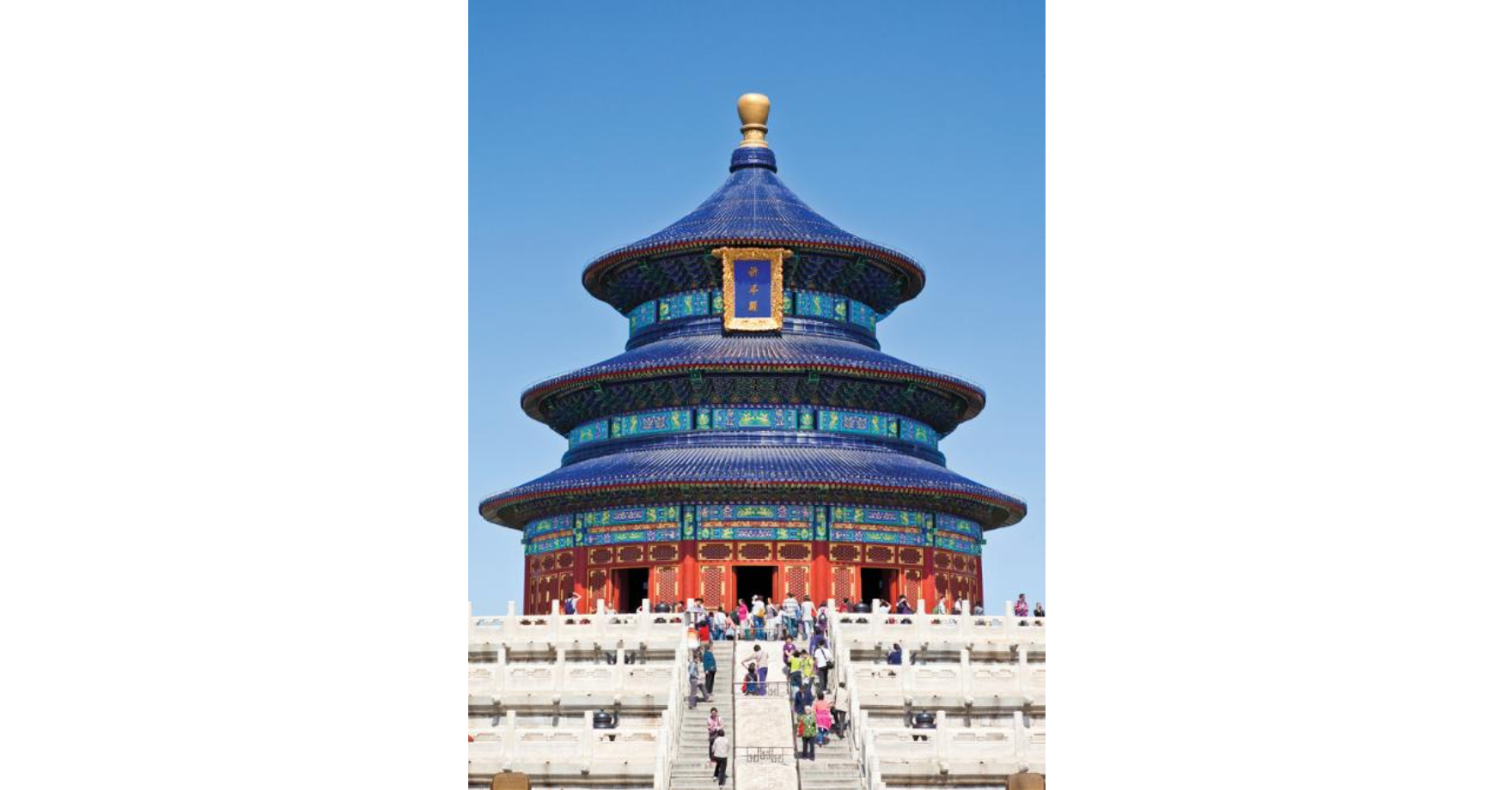
Temple of Heaven (Round Hall)
Beijing
1500—1600 CE
wood with tile roof
3 tiered pagoda where emperor did religious/poltical ceremonies outside Forbidden City
design of a pagoda:
geometric simplified mountain form
wide eaves = shelter from sun and rain
4 central posts = 4 seasons
other columns = months of year, division of day/night
marble slab w/ dragon + phoenix = symbols of emperor + empress
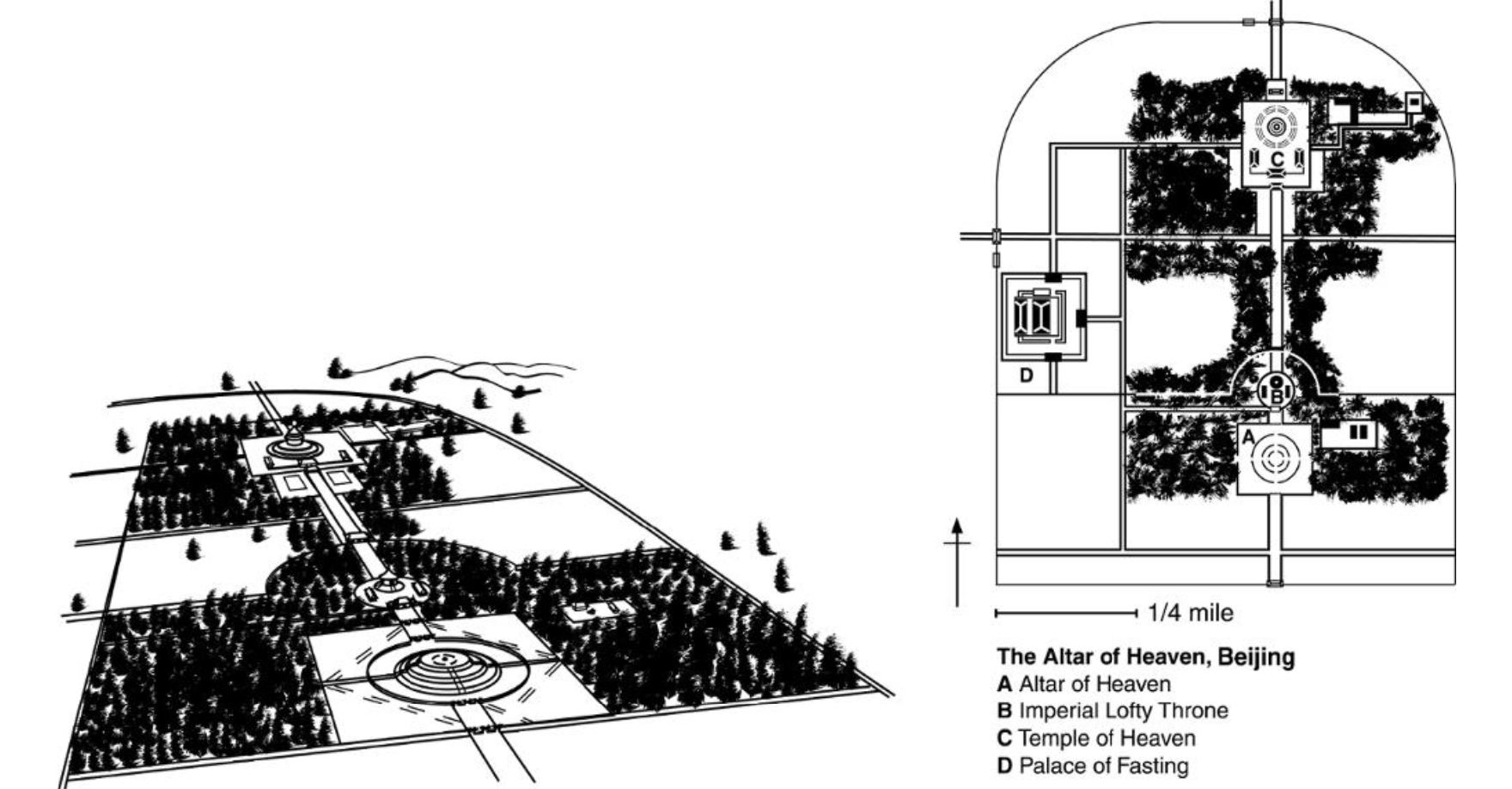
Altar of Heaven (complex of altar + temple)
grounds
history of Hebrew Temple:
957 BCE: King Solomon built first temple in Jerusalem
586 BCE: destroyed
515: second temple begun/dedicated
Wailing Wall in Jerusalem: believed to be ruins of old first temple; serves as one of the foundations for Dome of the Rock
the Gothic Cathedral
funded by/built in cities = rise of cities/monarchies = decline in feudalism
Catholic; saw church as heaven on earth
modern humanist view: developing; individualism
plan and design:
spires = link heaven and earth
large windows; stone framework
blank spaces = covered w/ sculptures
flying buttresses; visual pattern of forms; in-and-out
towers/arches/buttresses/arcades = create visual lines; continue from ground to roof
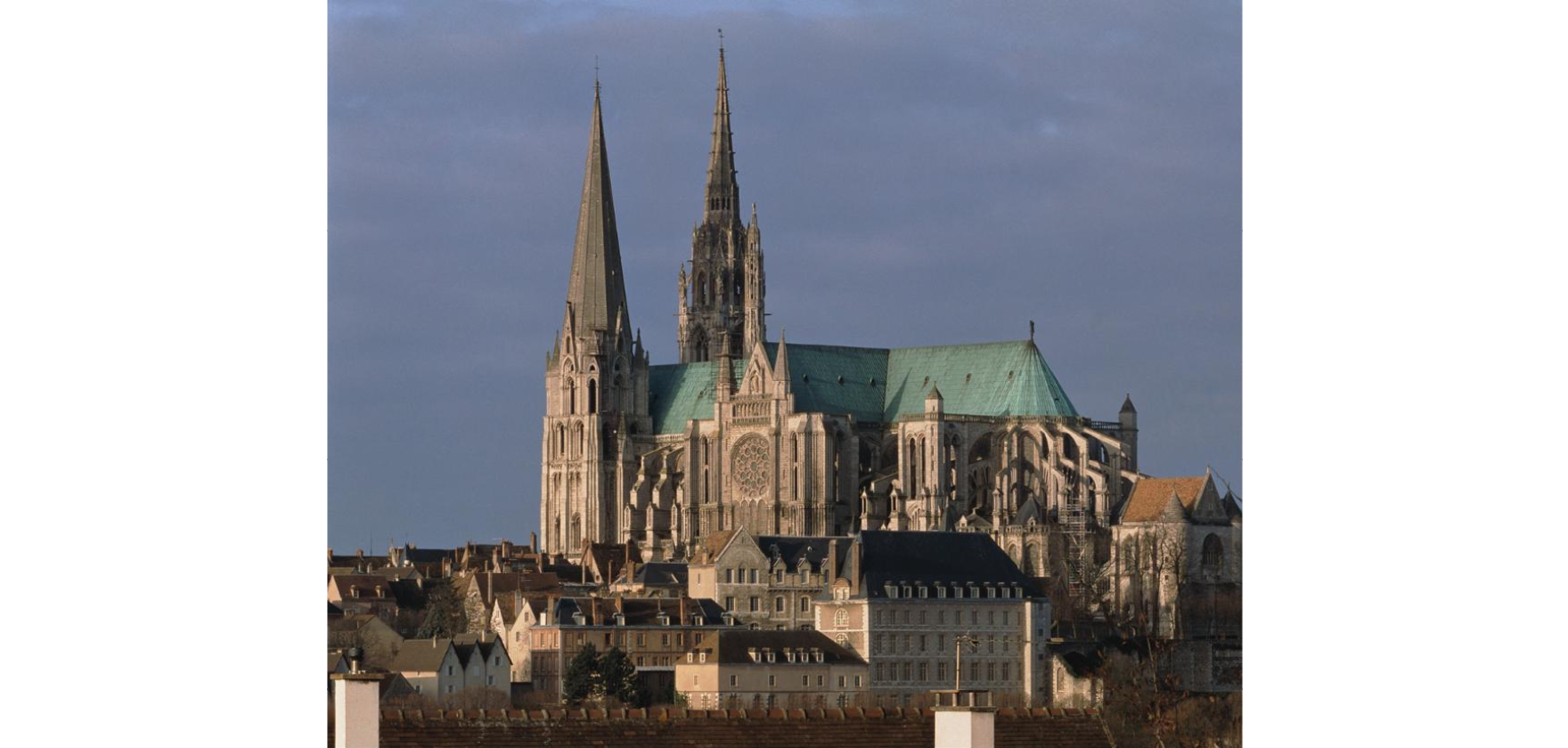
Chartres Cathedral
Chartres, France
1145—1120 CE
rose window: Old Testament prophets/kinds surrounding Mary and Jesus
geometry used; drawing/rotating squares within the circle
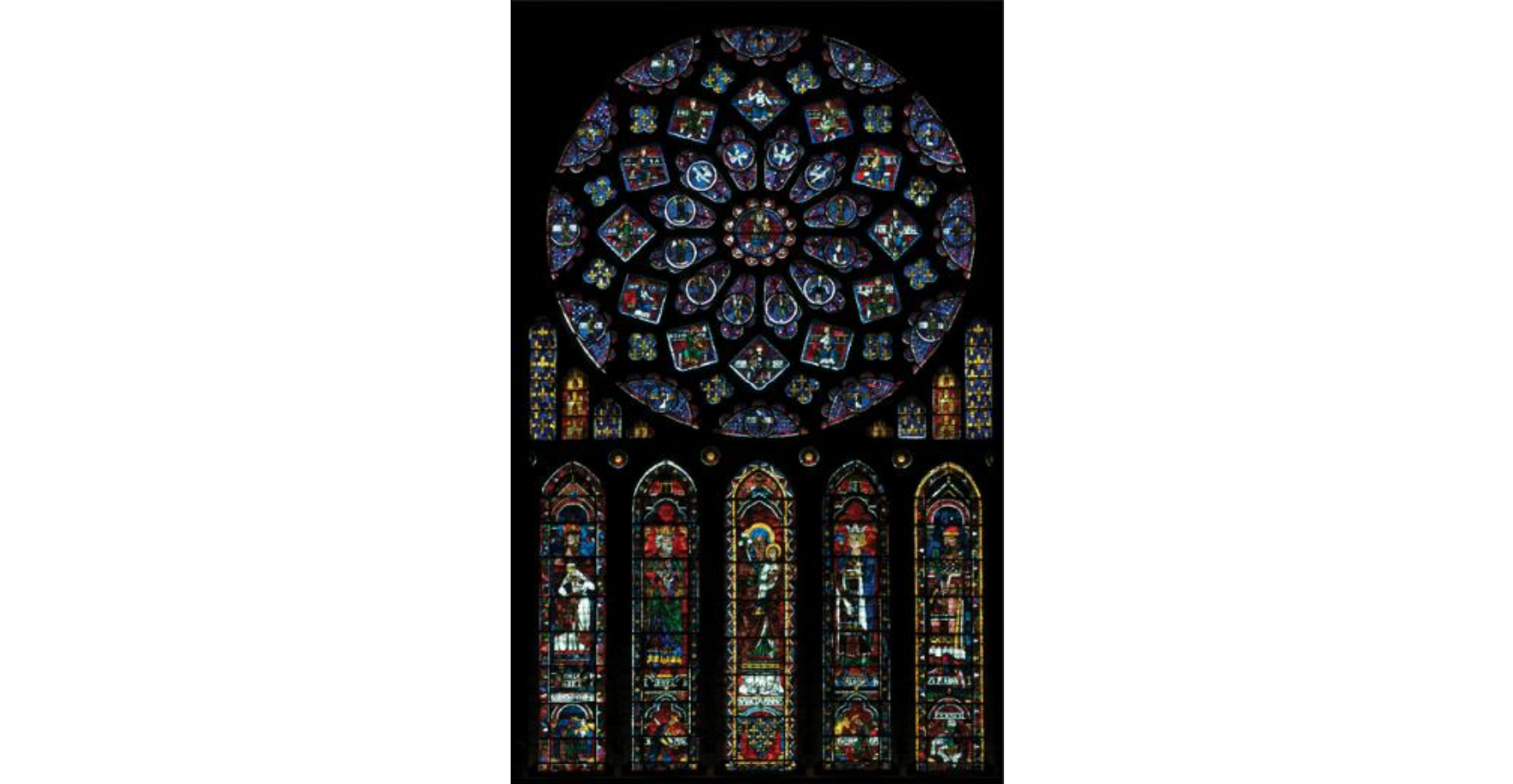
parts of Islamic mosques:
mihrab: marks direction of Mecca
minbar: stepped pulpit next to mihrab
minarets: towers/spires
mukarnas: vaults above door
pattern: ornamentation = Allah = infinite creation
enhances sacredness of mosque
identifies/distinguishes various parts of mosque
calligraphy: elegant; artful pattern by itself
like geometric/foliage patterns
later developments in mosque design: Royal Mosque

Masjid-i-Shah (Royal Mosque)
Isfahan, Iran
1612—1637 CE
rough exterior vs. lavish interior
spaciousness/symmetry = infinite Allah
structure = unified by big turquoise dome
symbolizes oneness of Allah/heavens
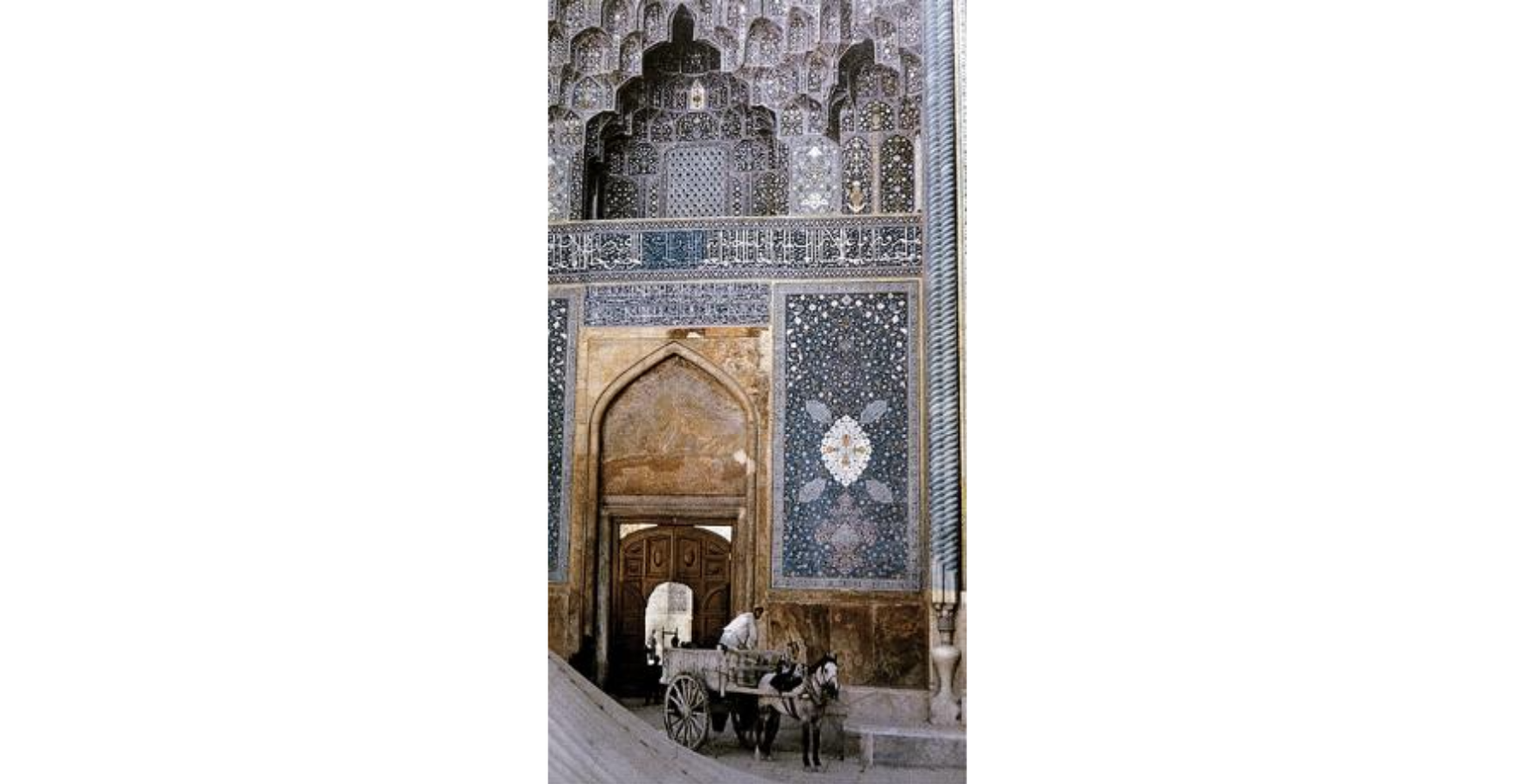
Main Entrance Portal
Masjid-i-Shah (Royal Mosque)
calligraphy/ornamentation
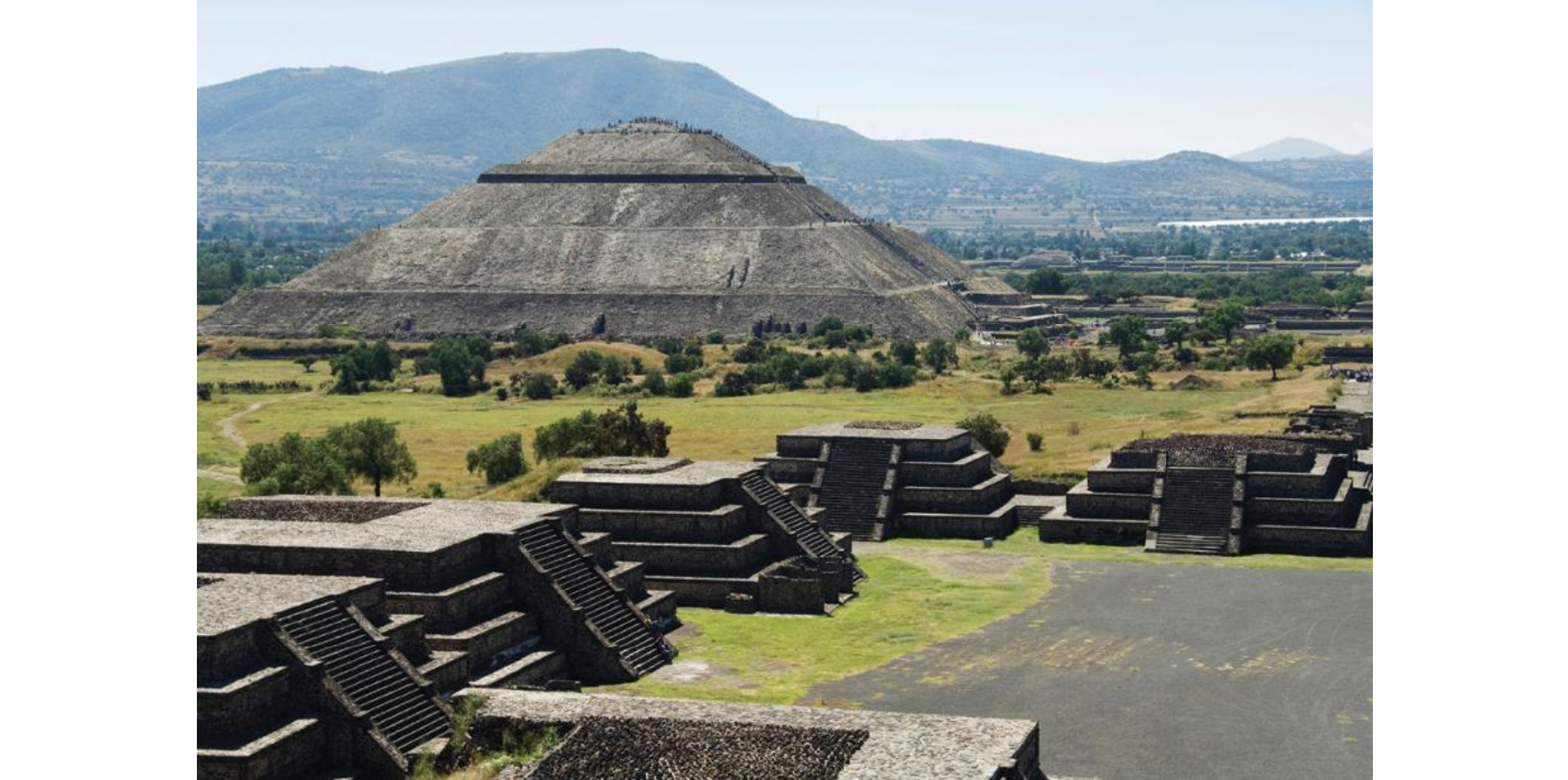
Pyramid of the Sun
Teotihuacan
before 150 CE
in middle of Avenue of the Dead
temple itself covers 7.5 acres, 215 feet tall
history/setting: 39mi north of CDMX; Teotihuacános built religious center in city high on plateau surrounded by mountains, aka Teotihuacán
mound was once covered w/ huge clay bricks w/ stone facades, finished w/ smooth white lime plaster; used to look like gleaming white mountain
Mesoamerican Temples = often pyramids w/ small structures on top
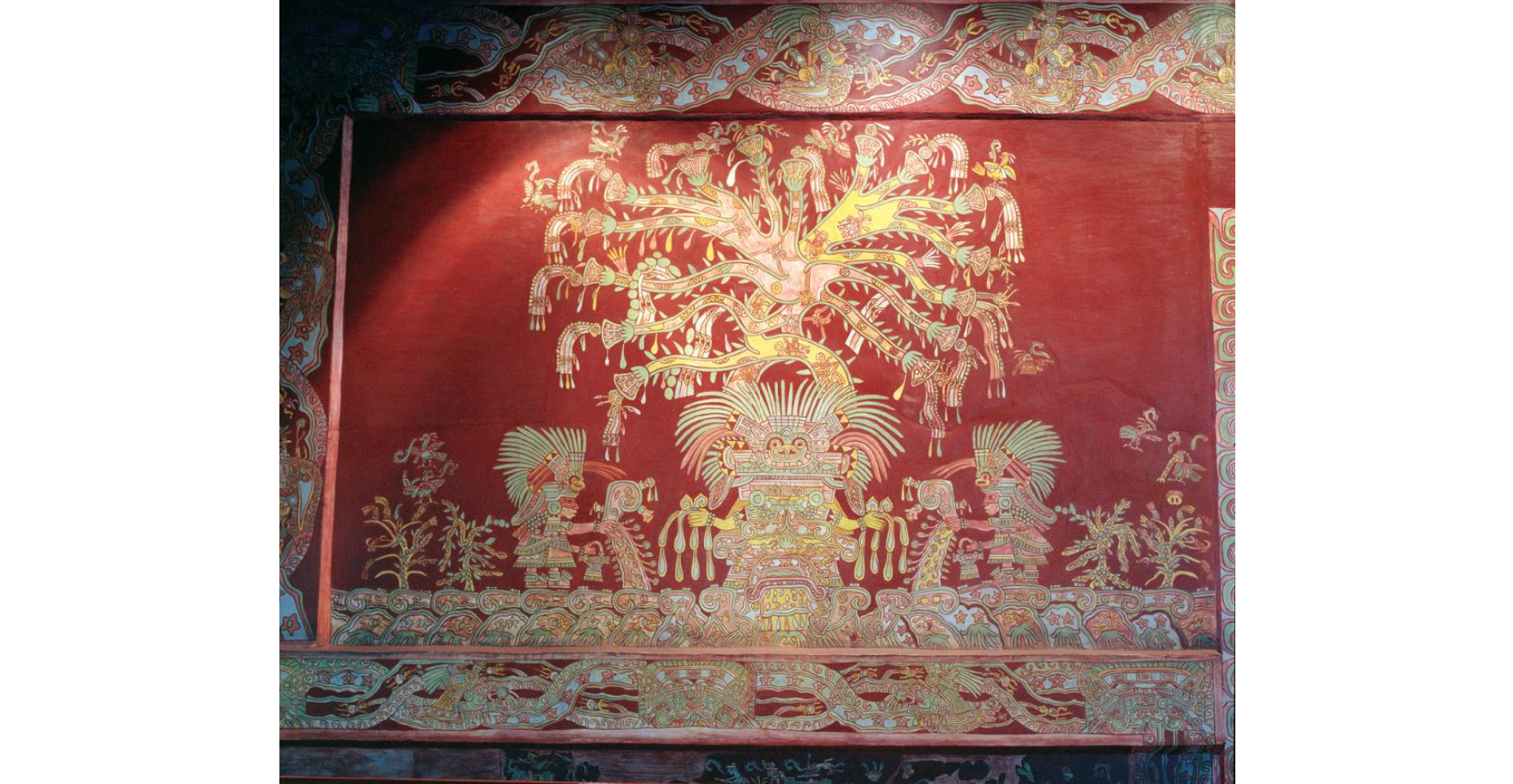
Tlalocan Painting
Teotihuacán, MX
pigment on stucco
water is springing from her hands
water goddess Tlalocan = paradise; ruled by rain god Tlalo
plants/butterflies grow from her head